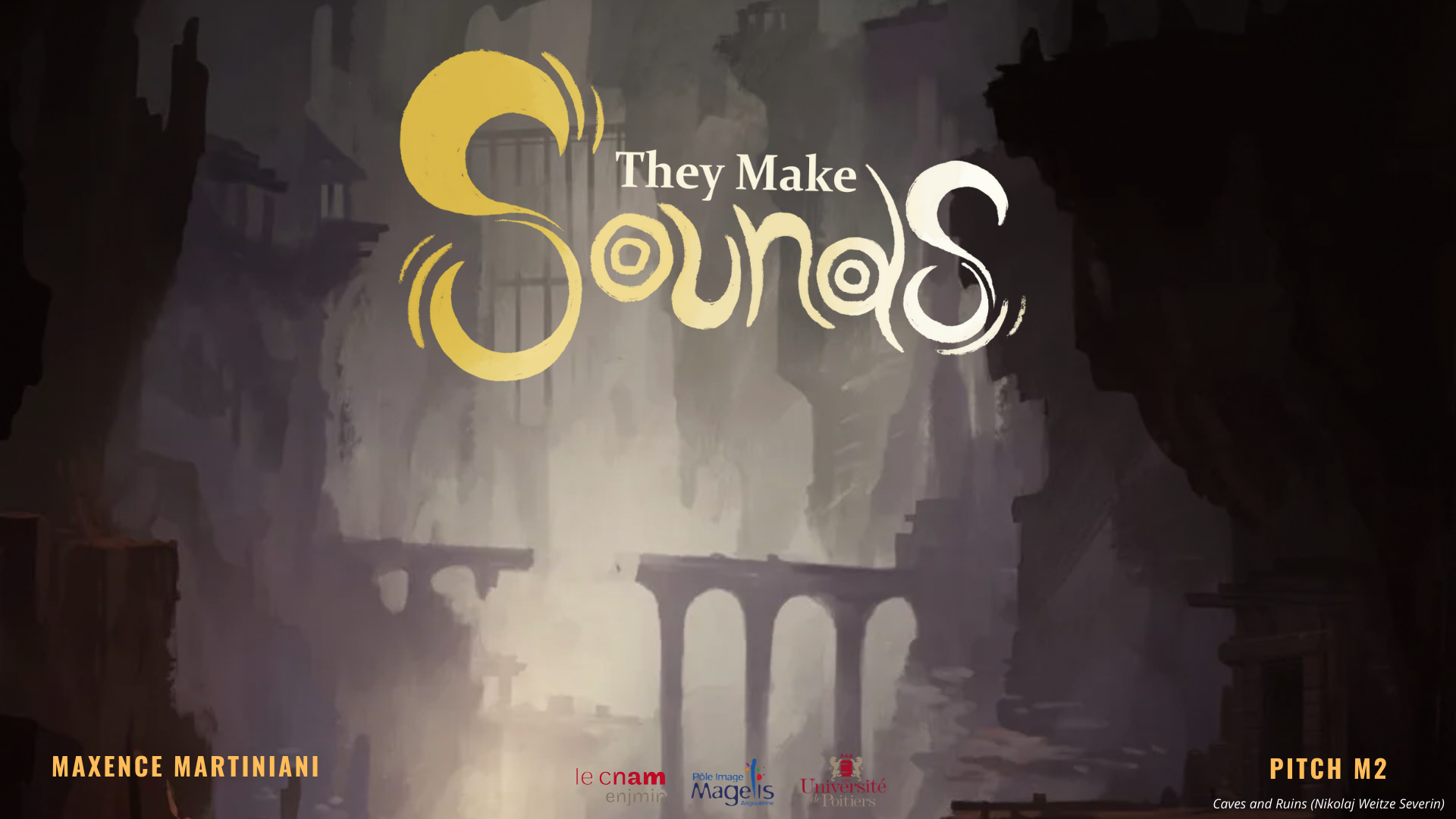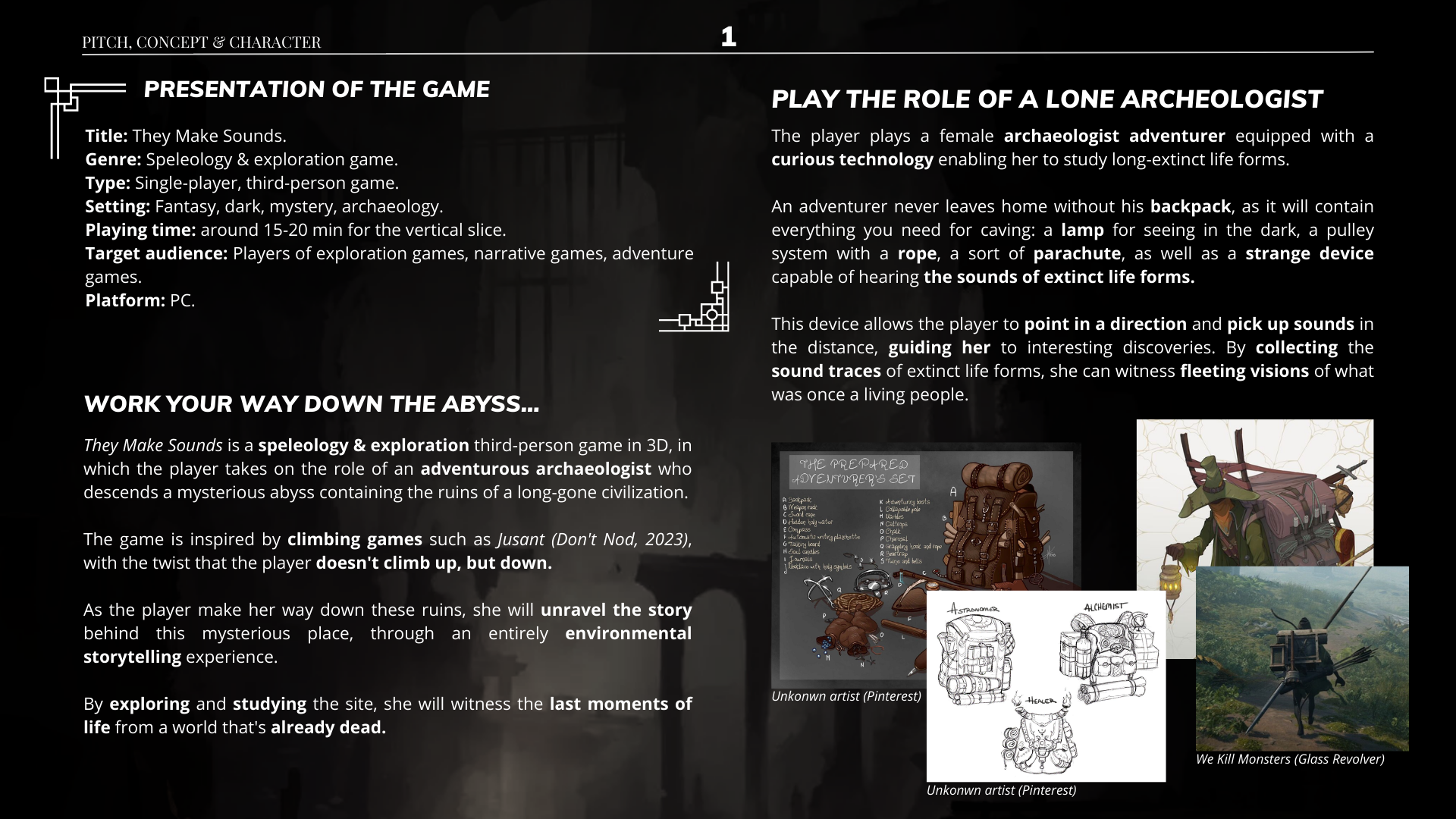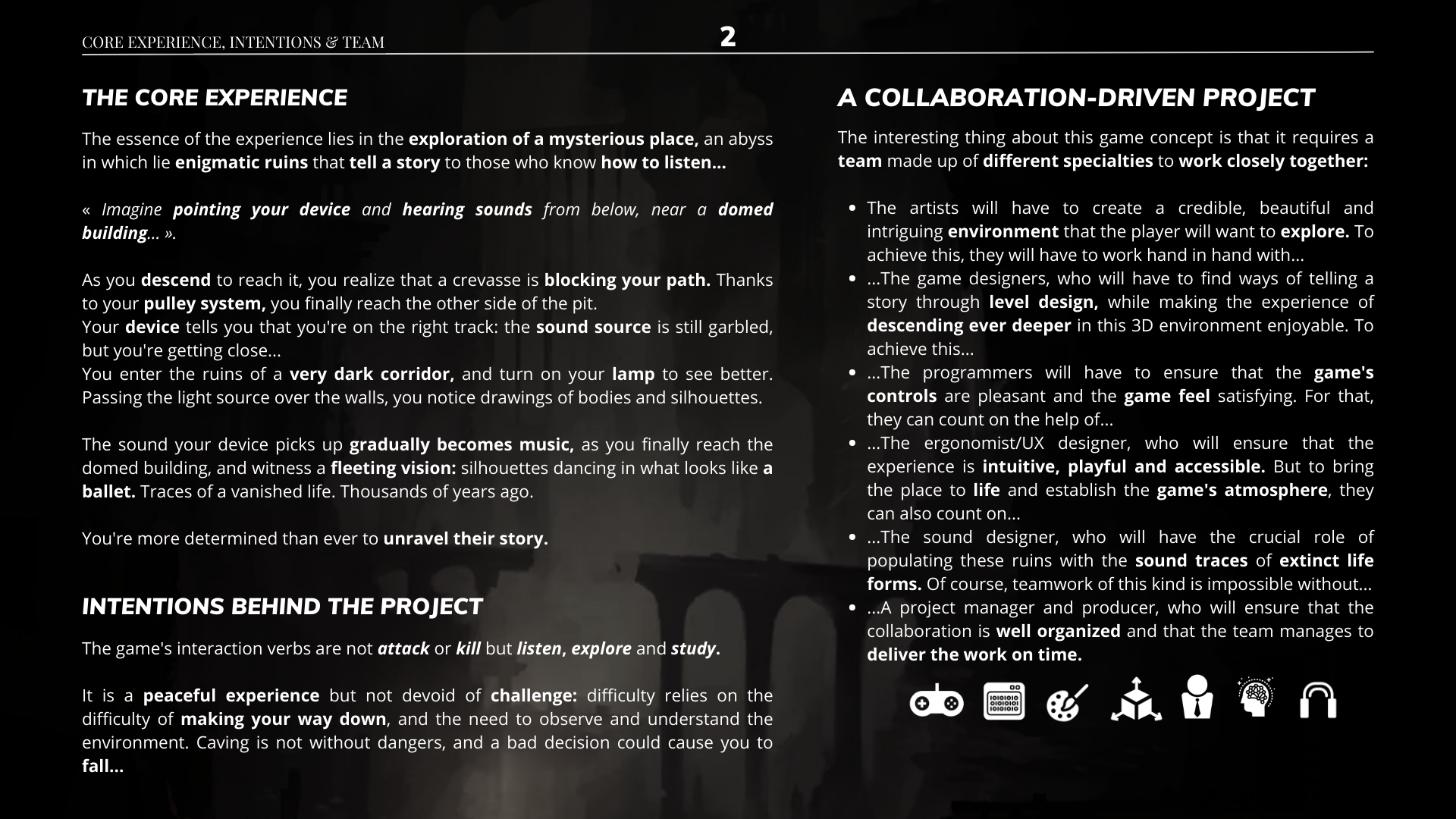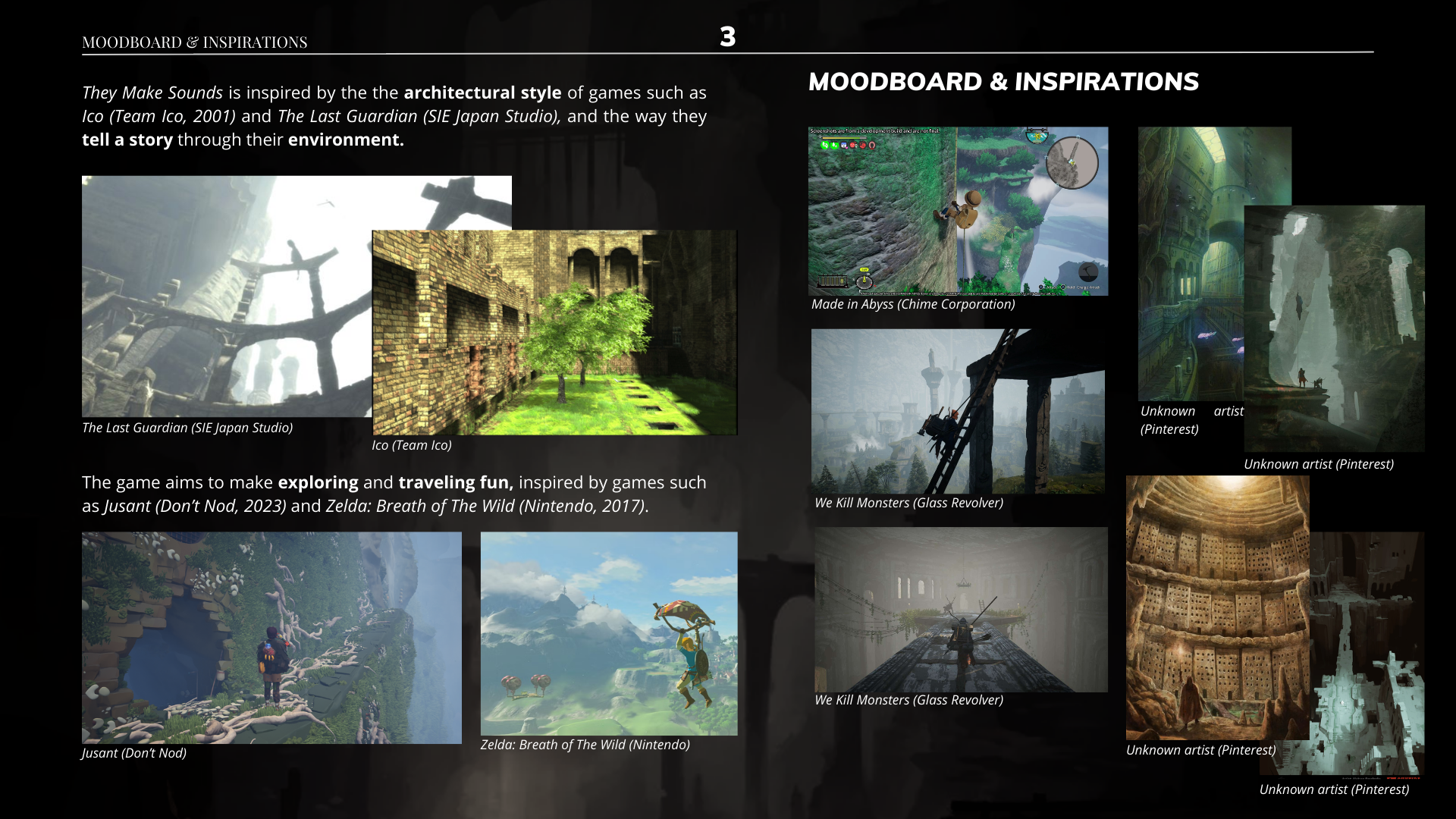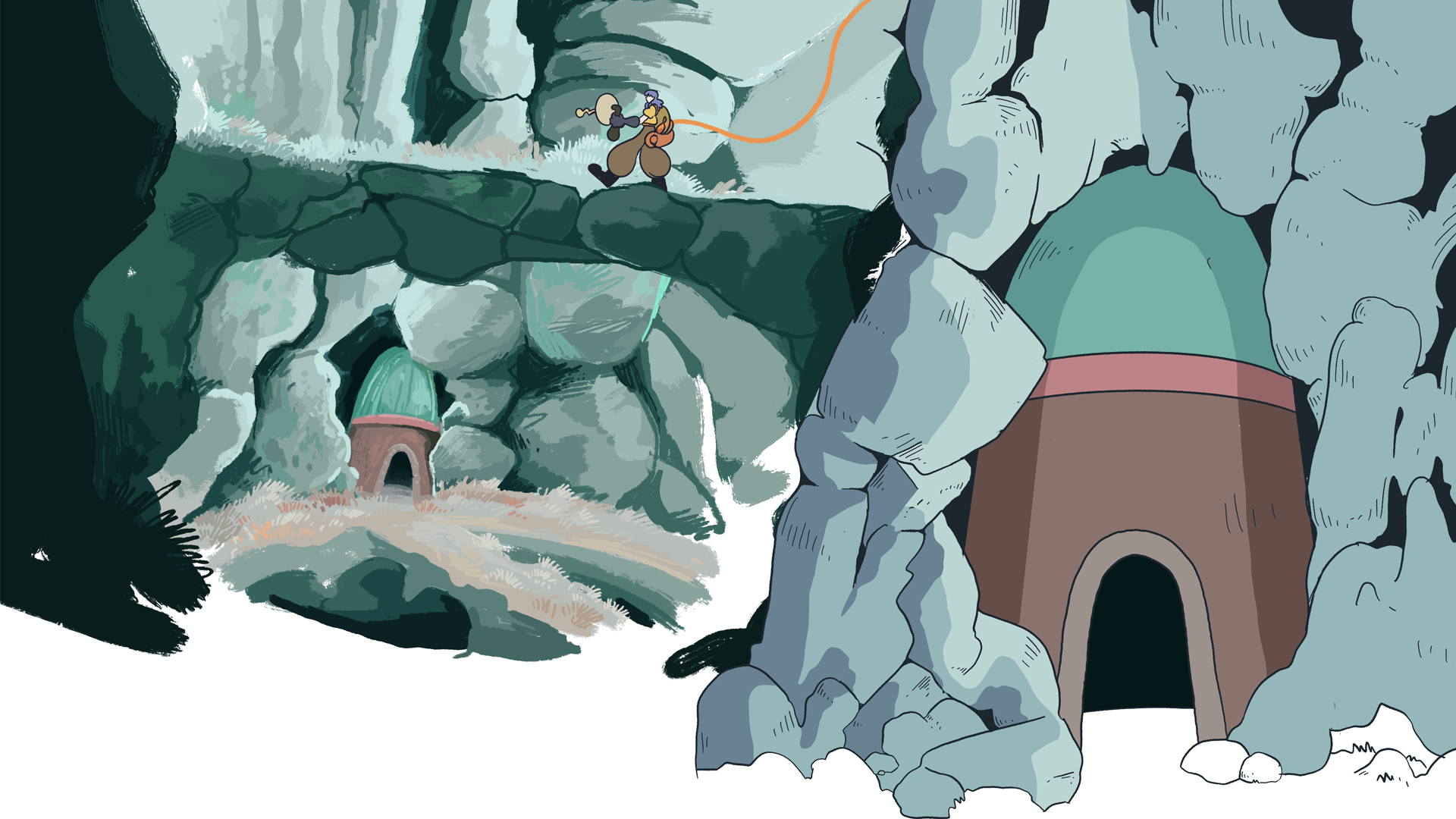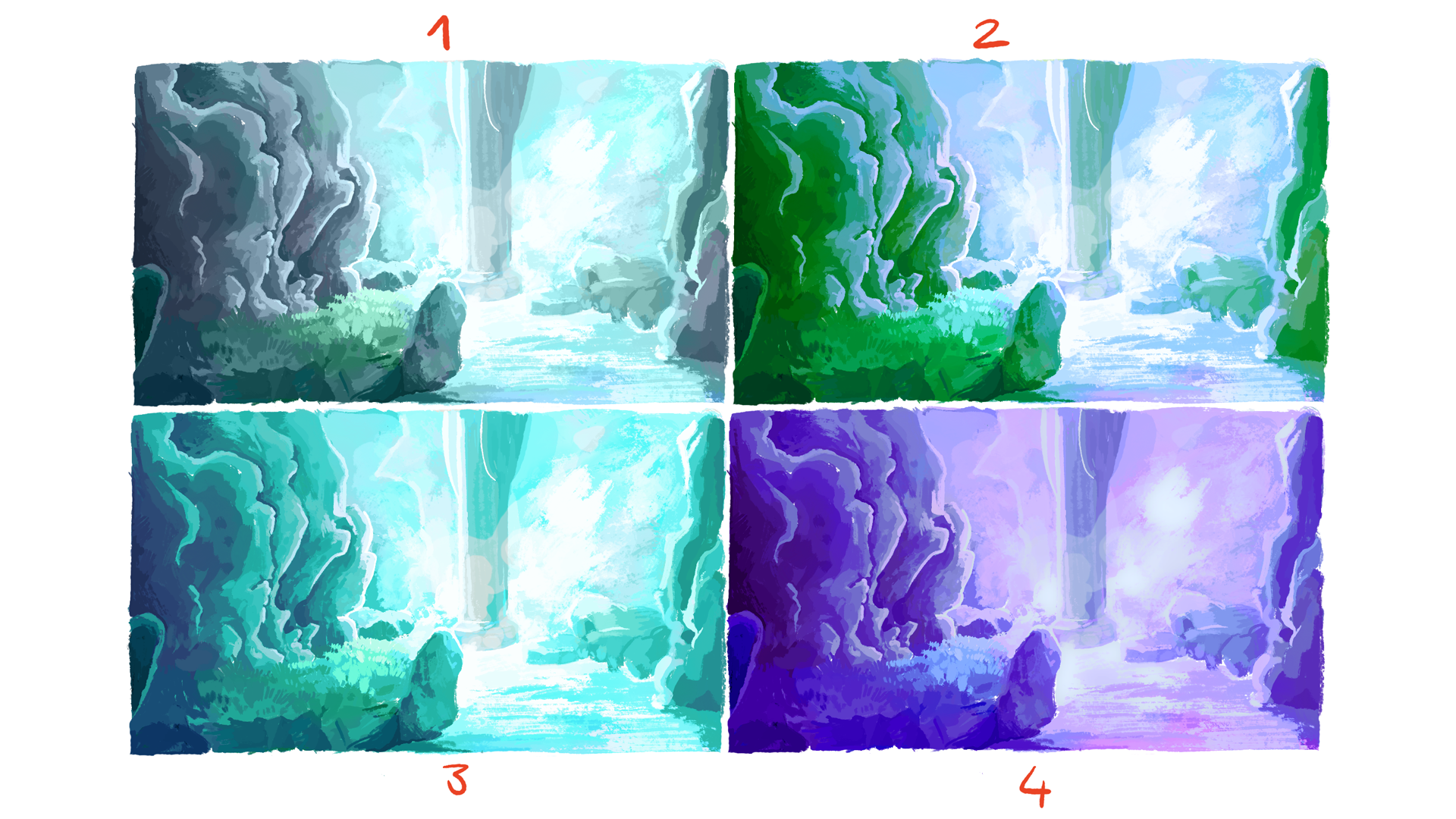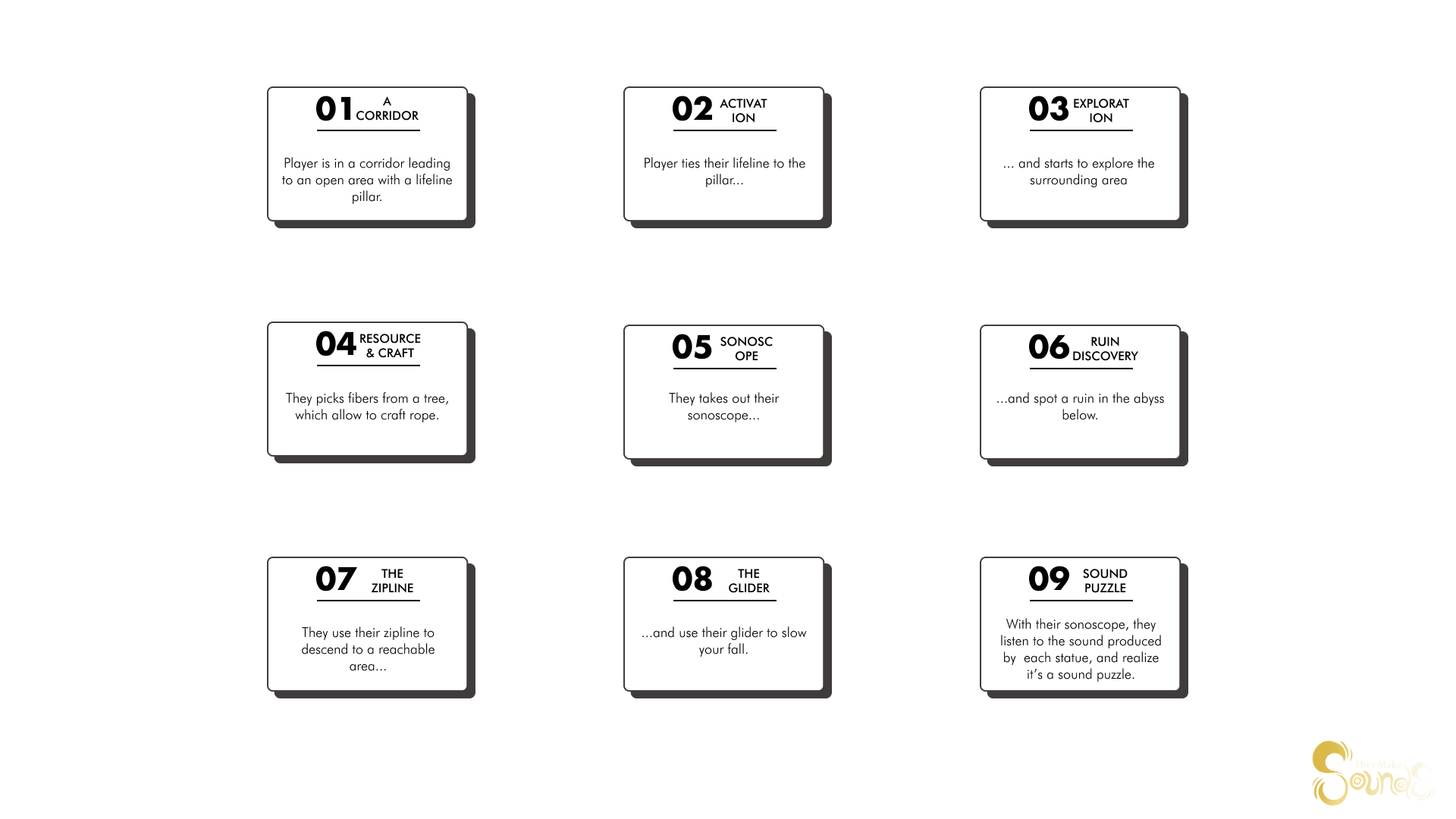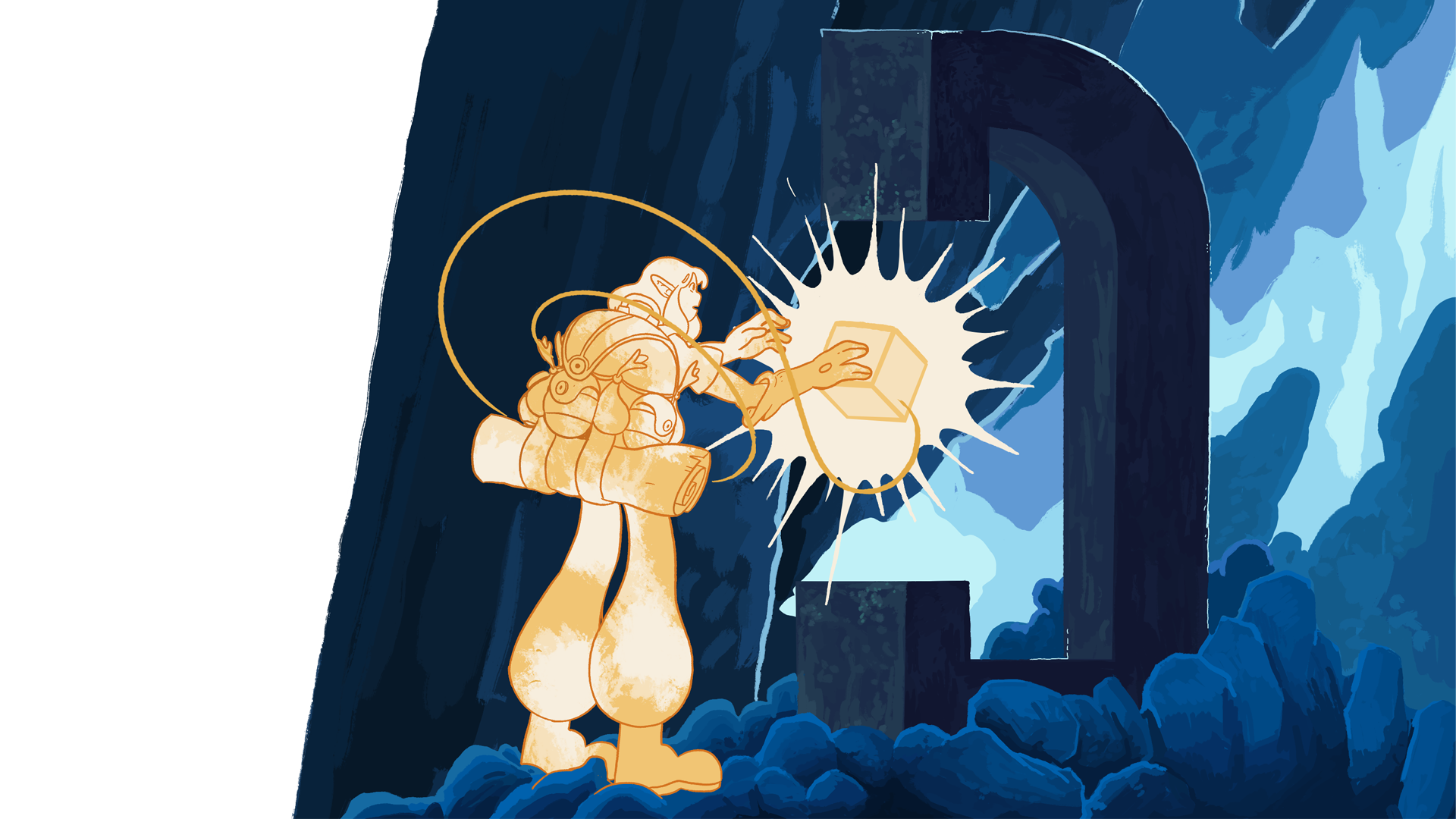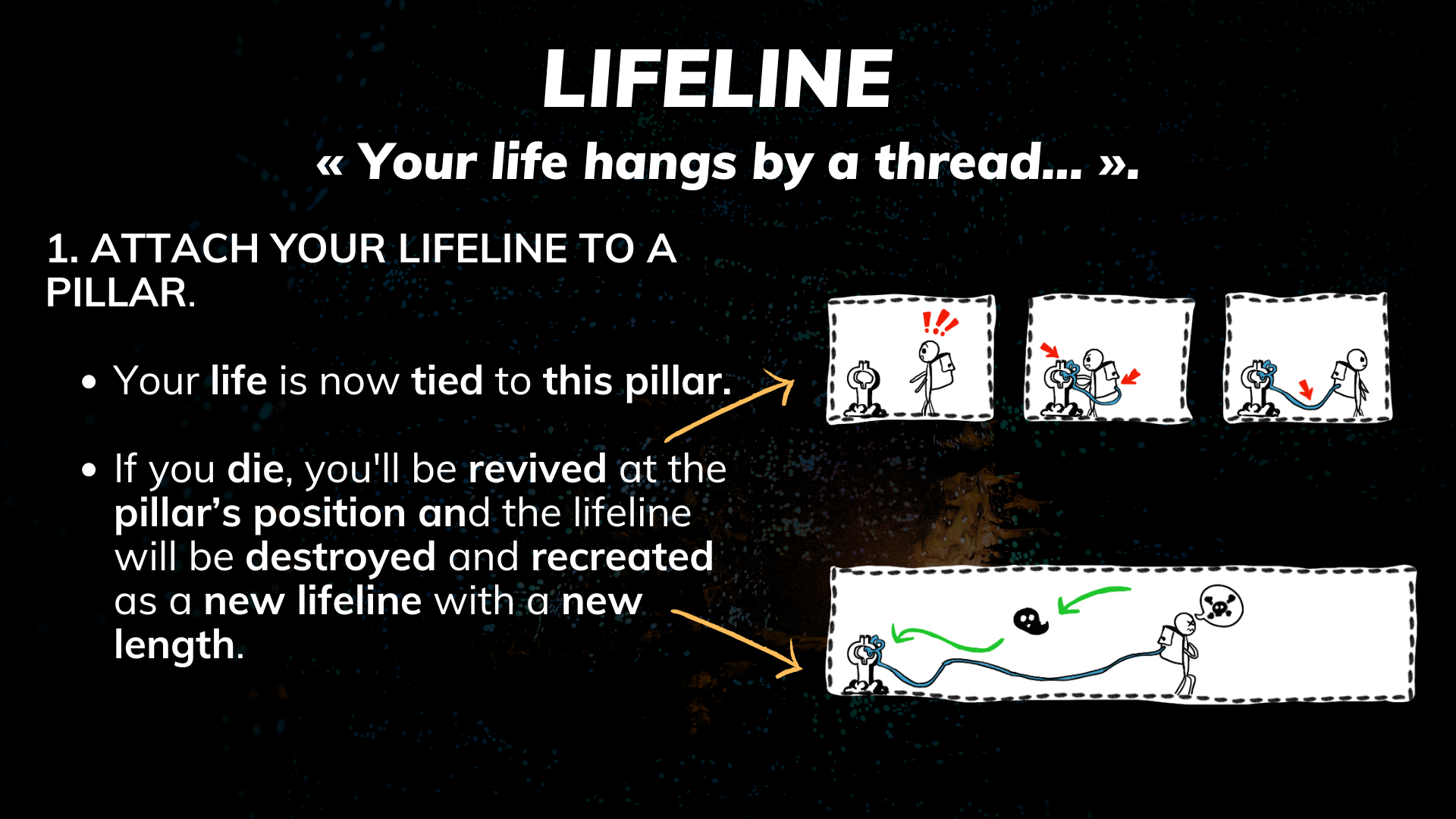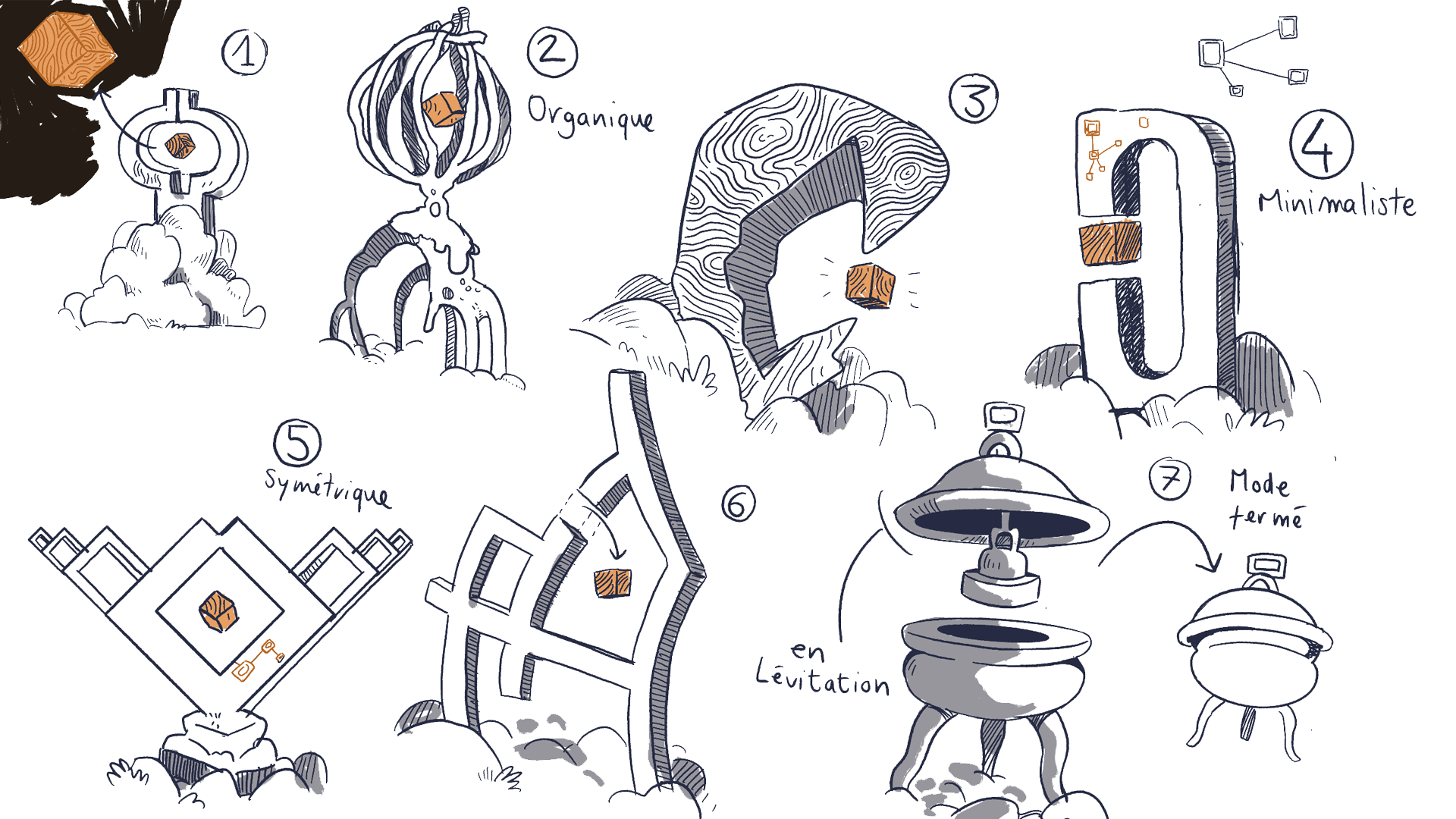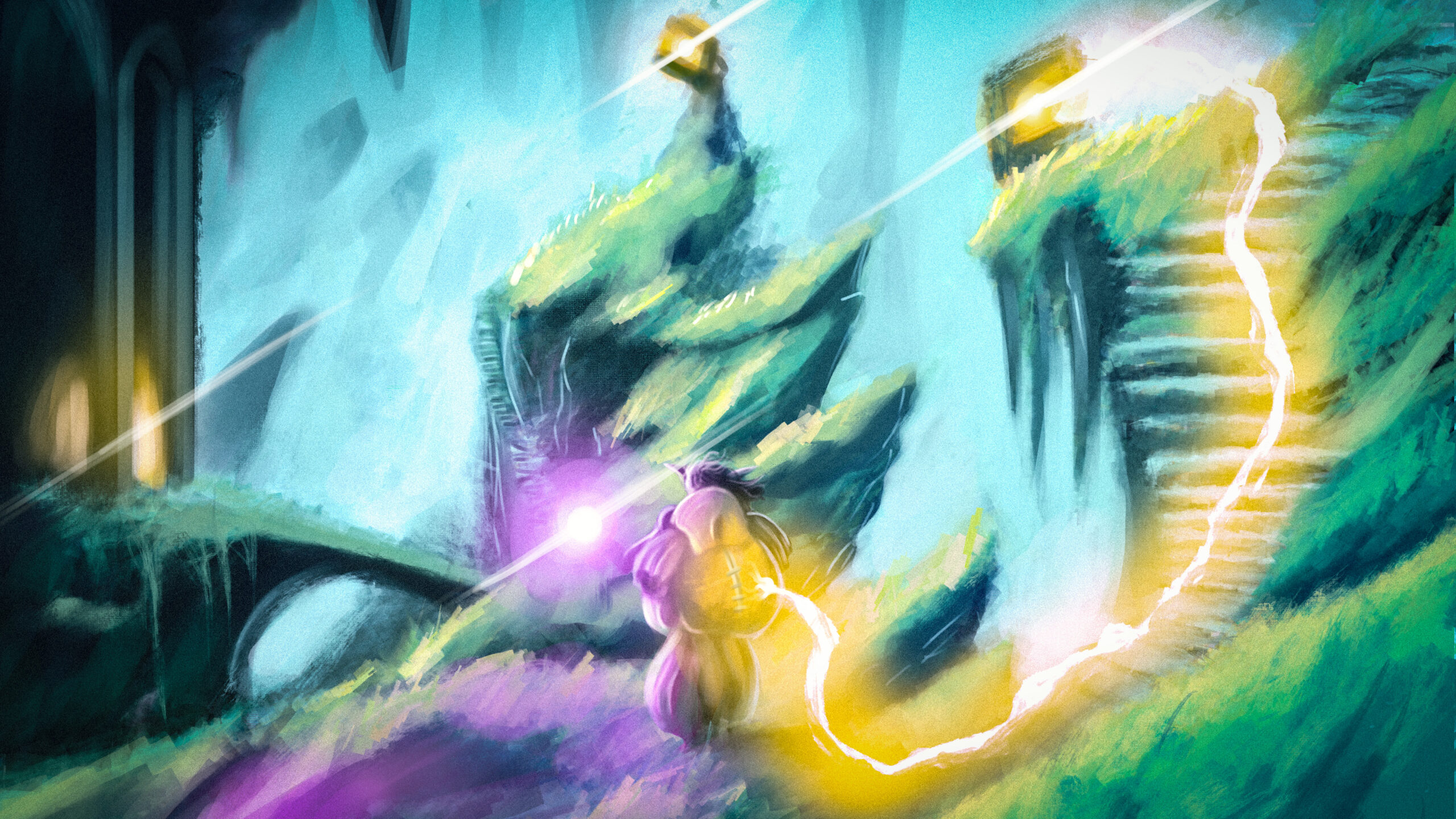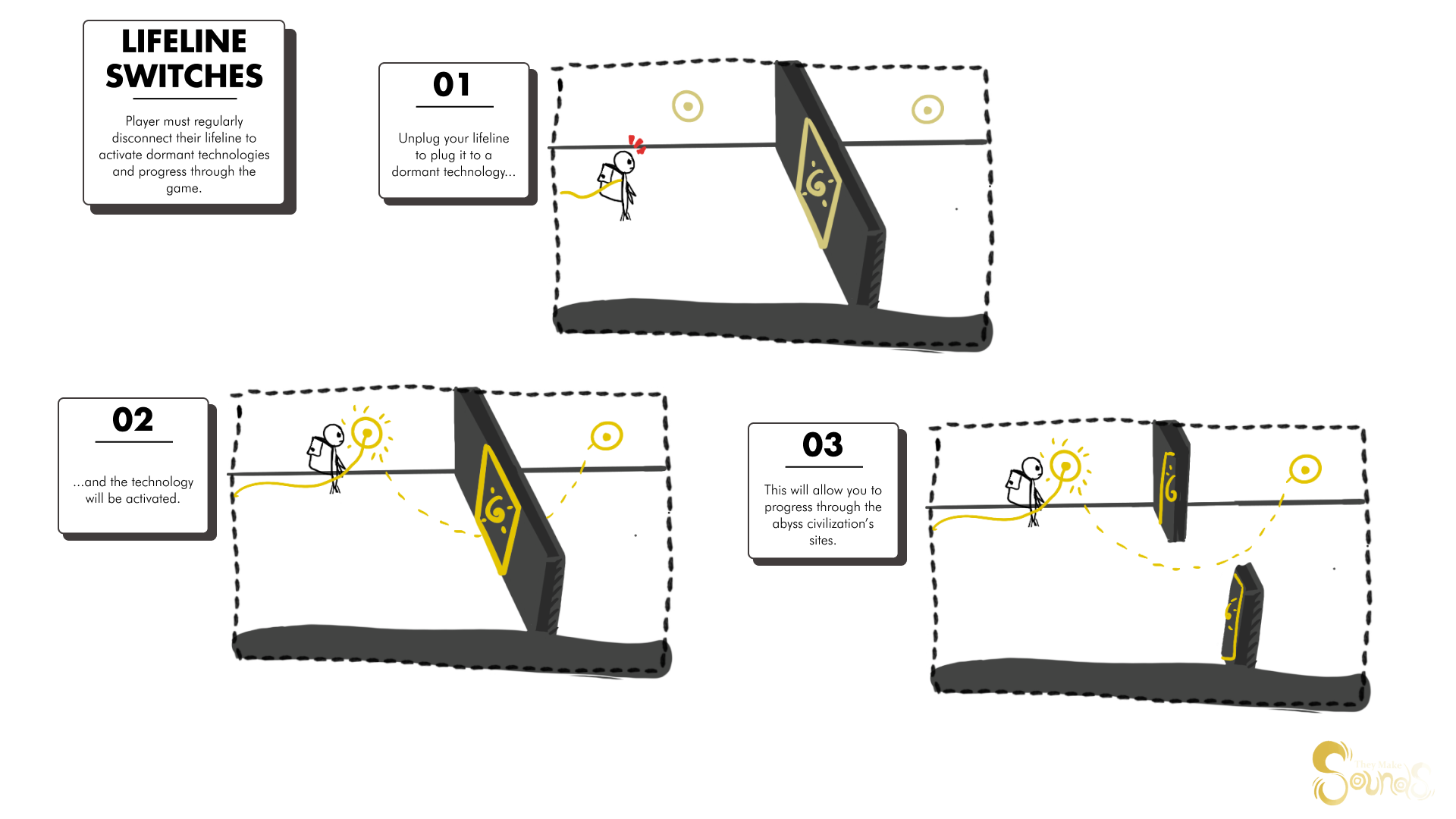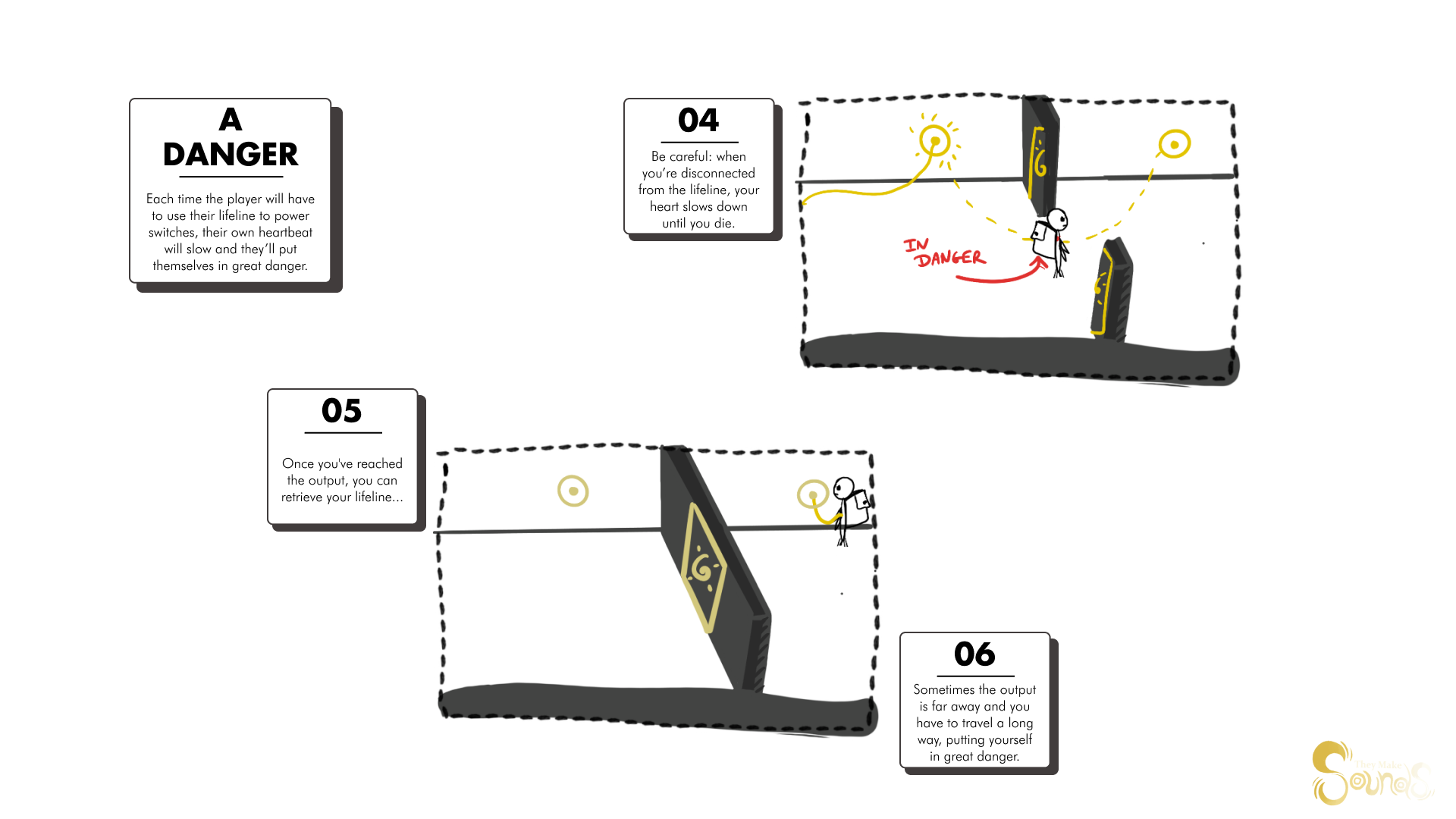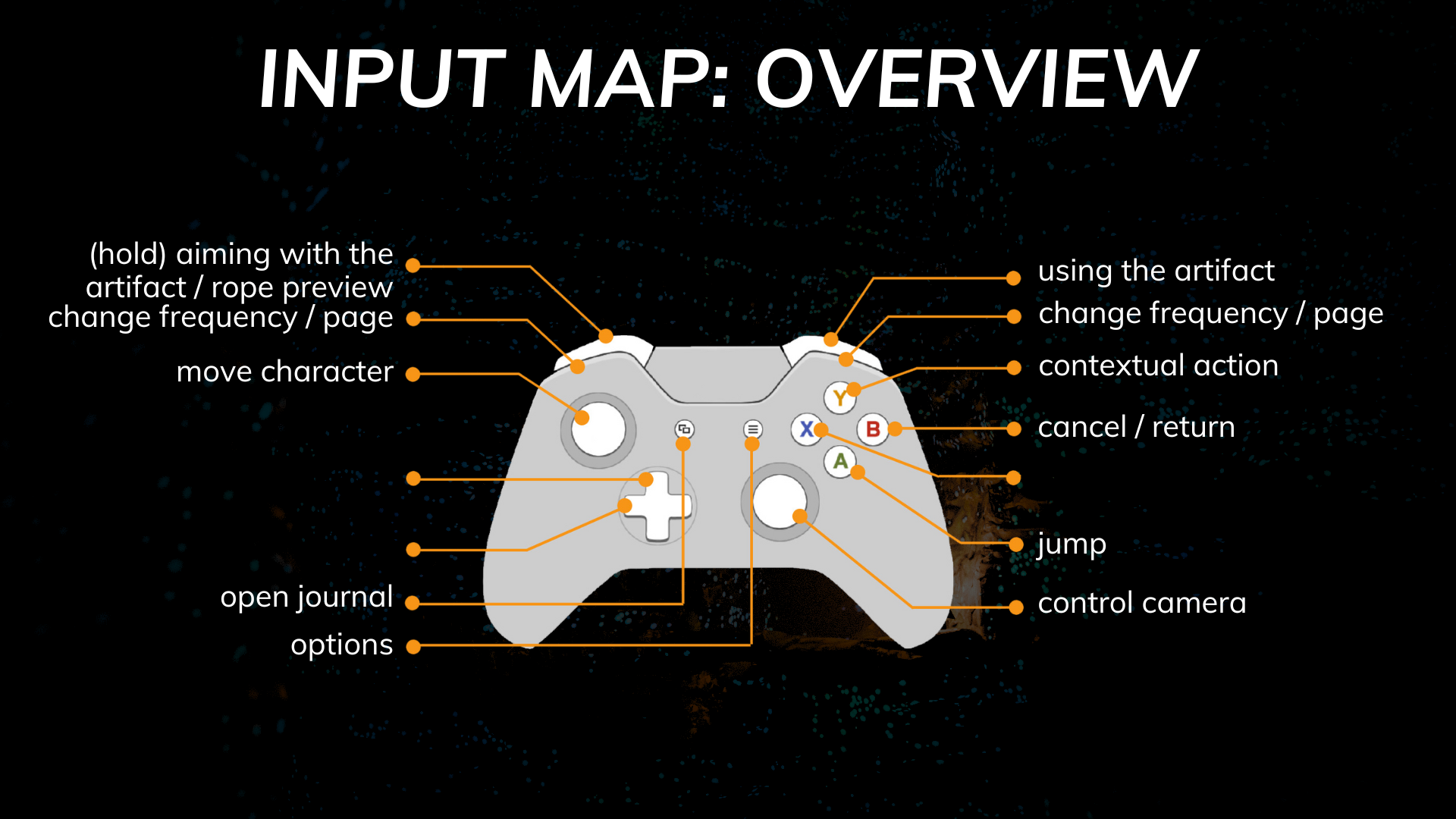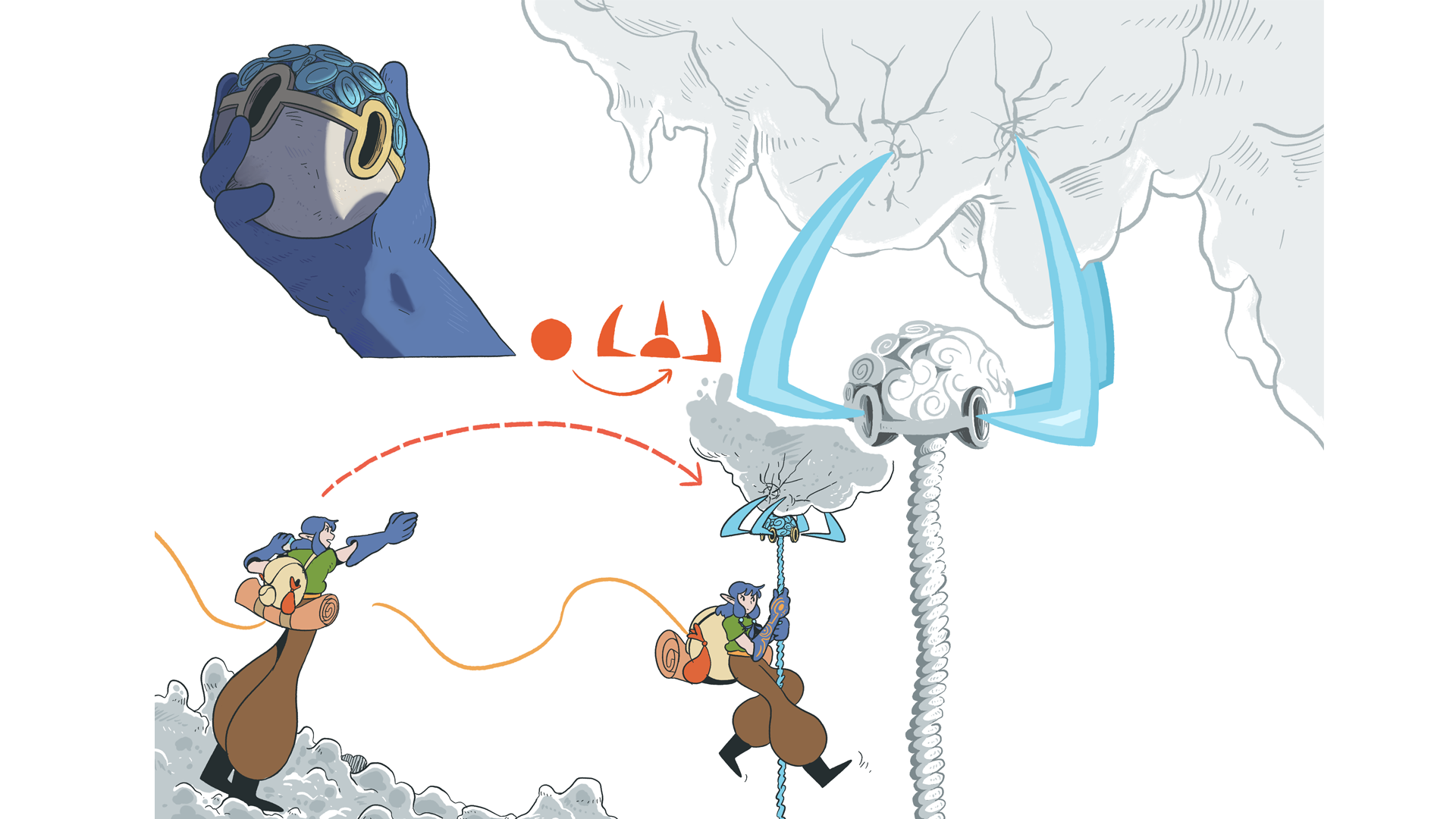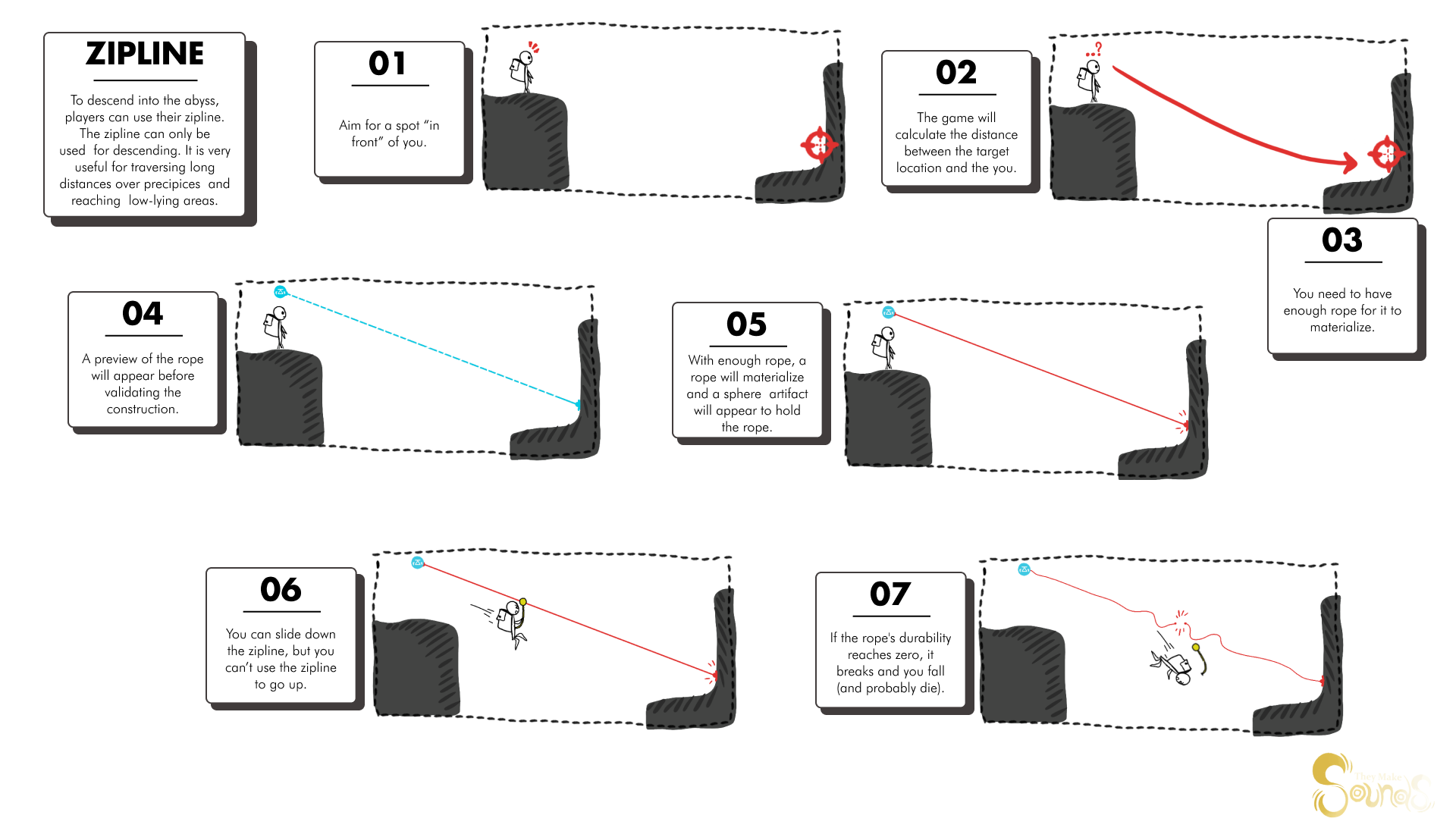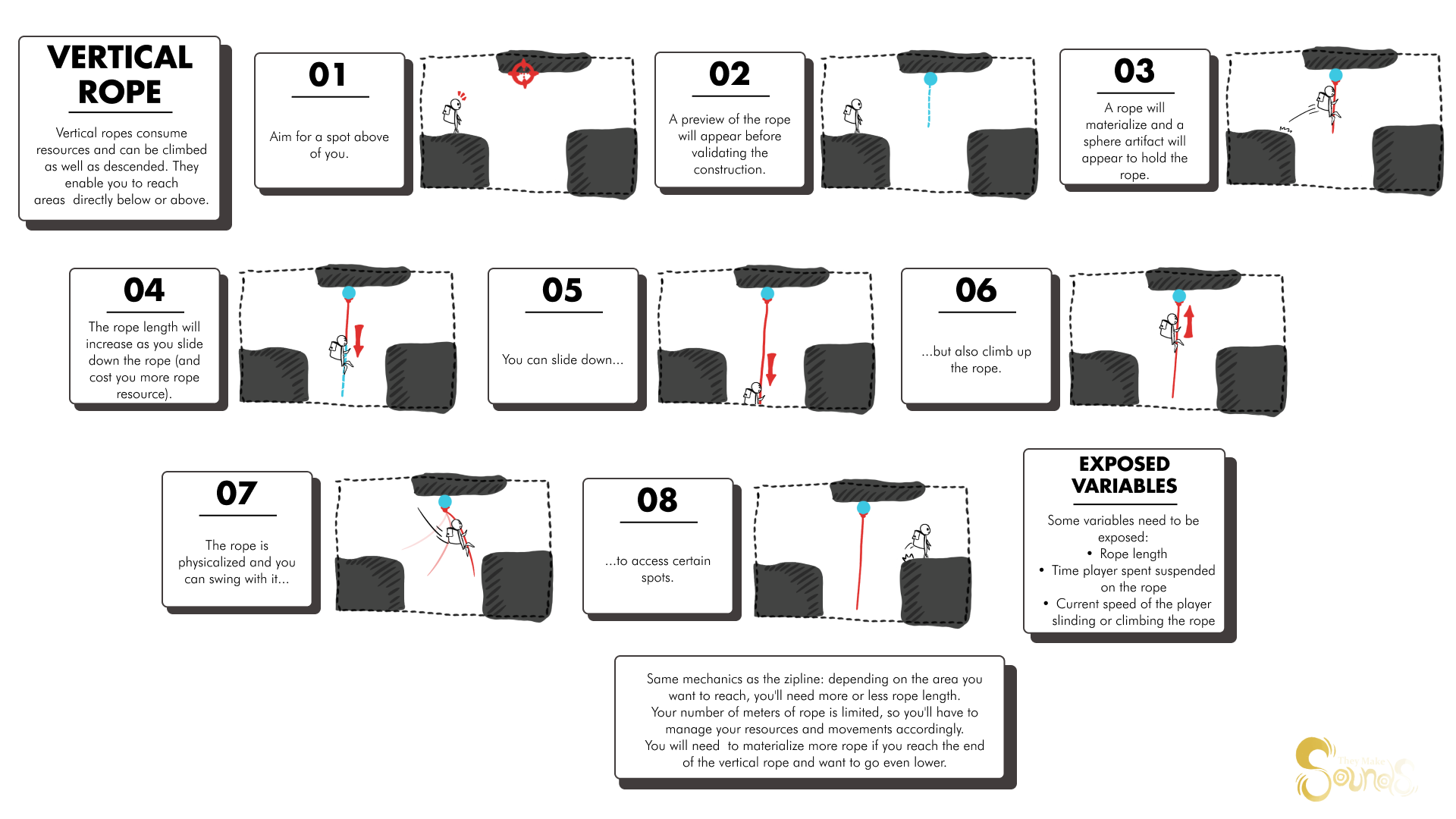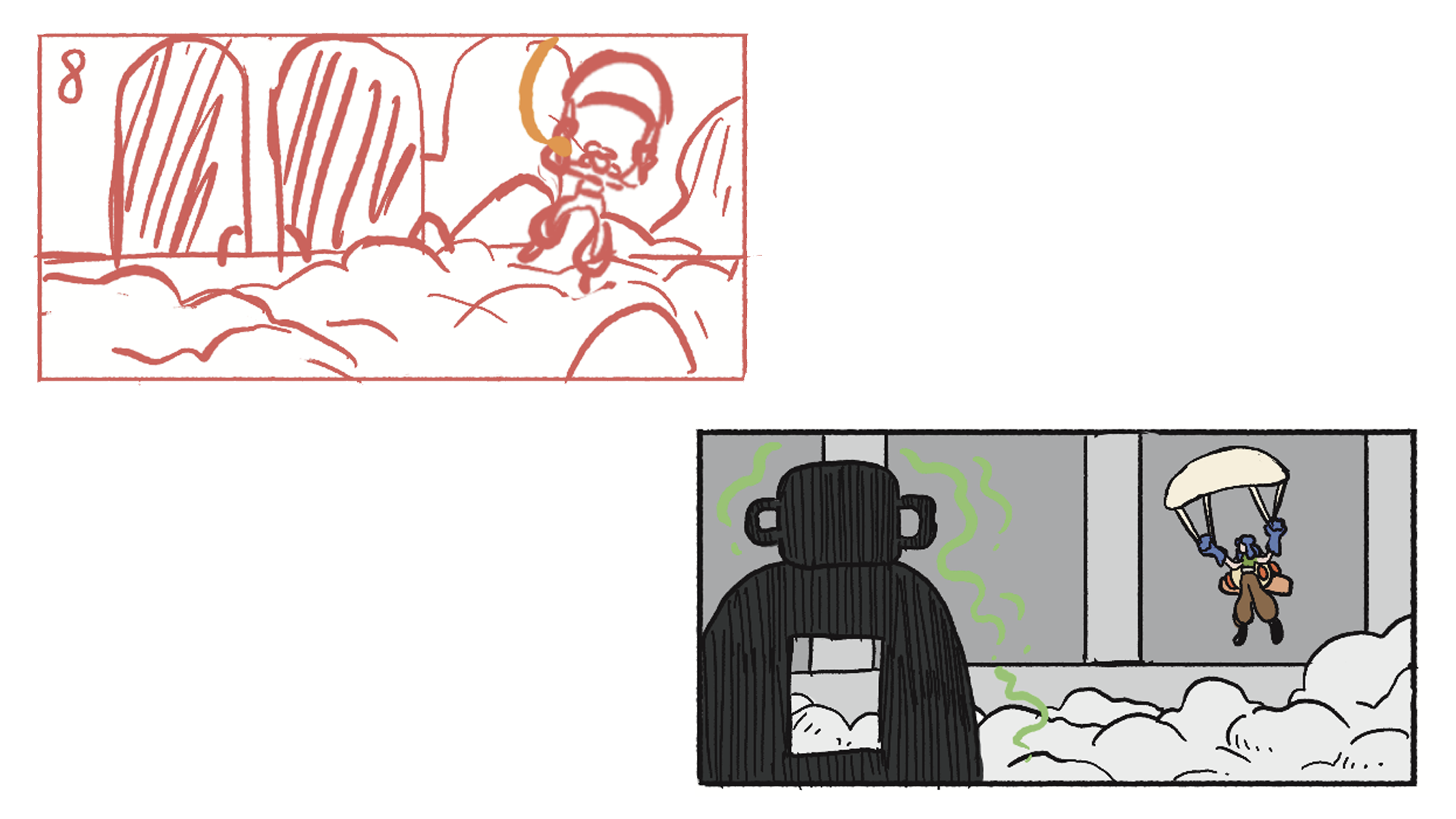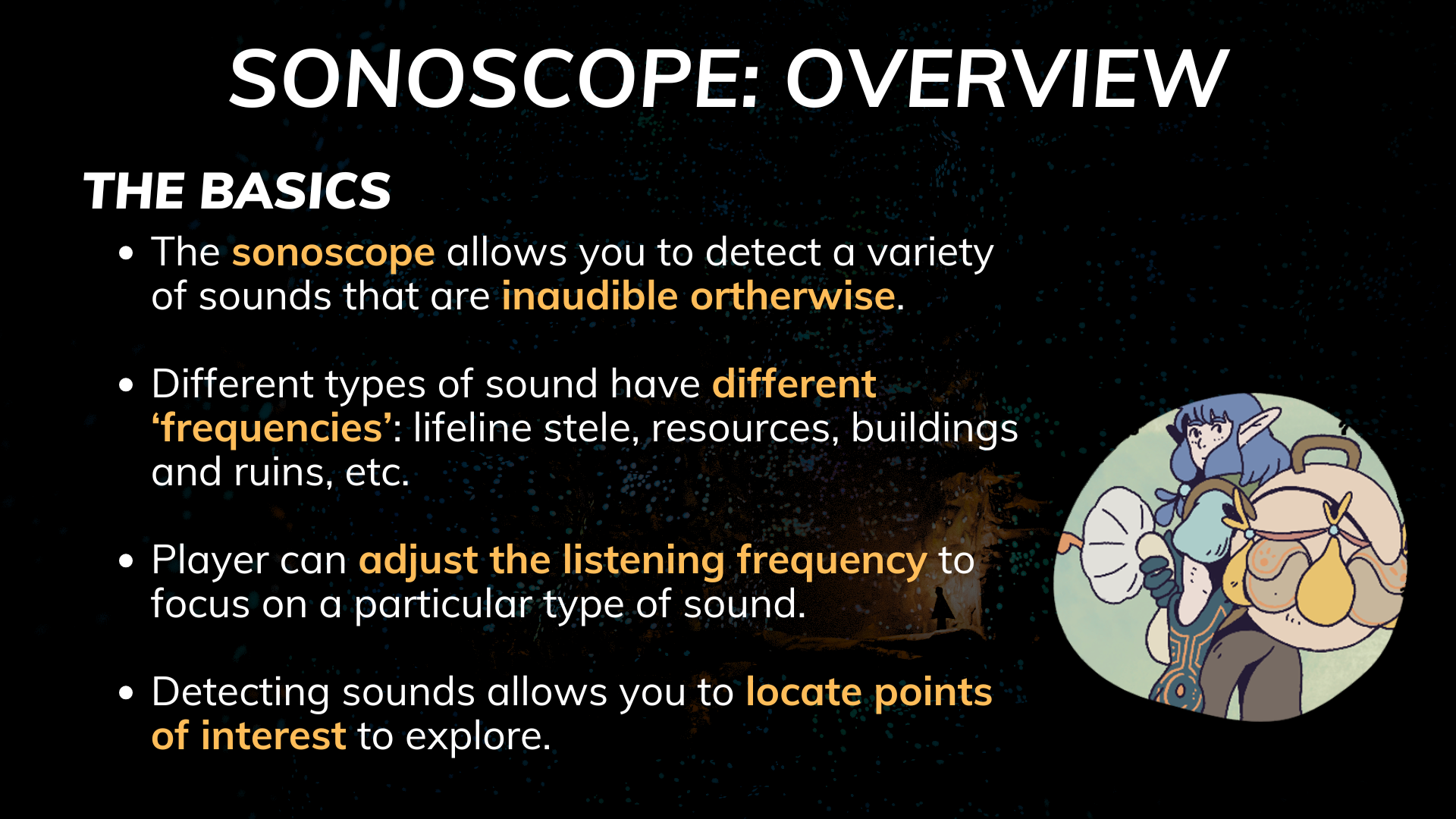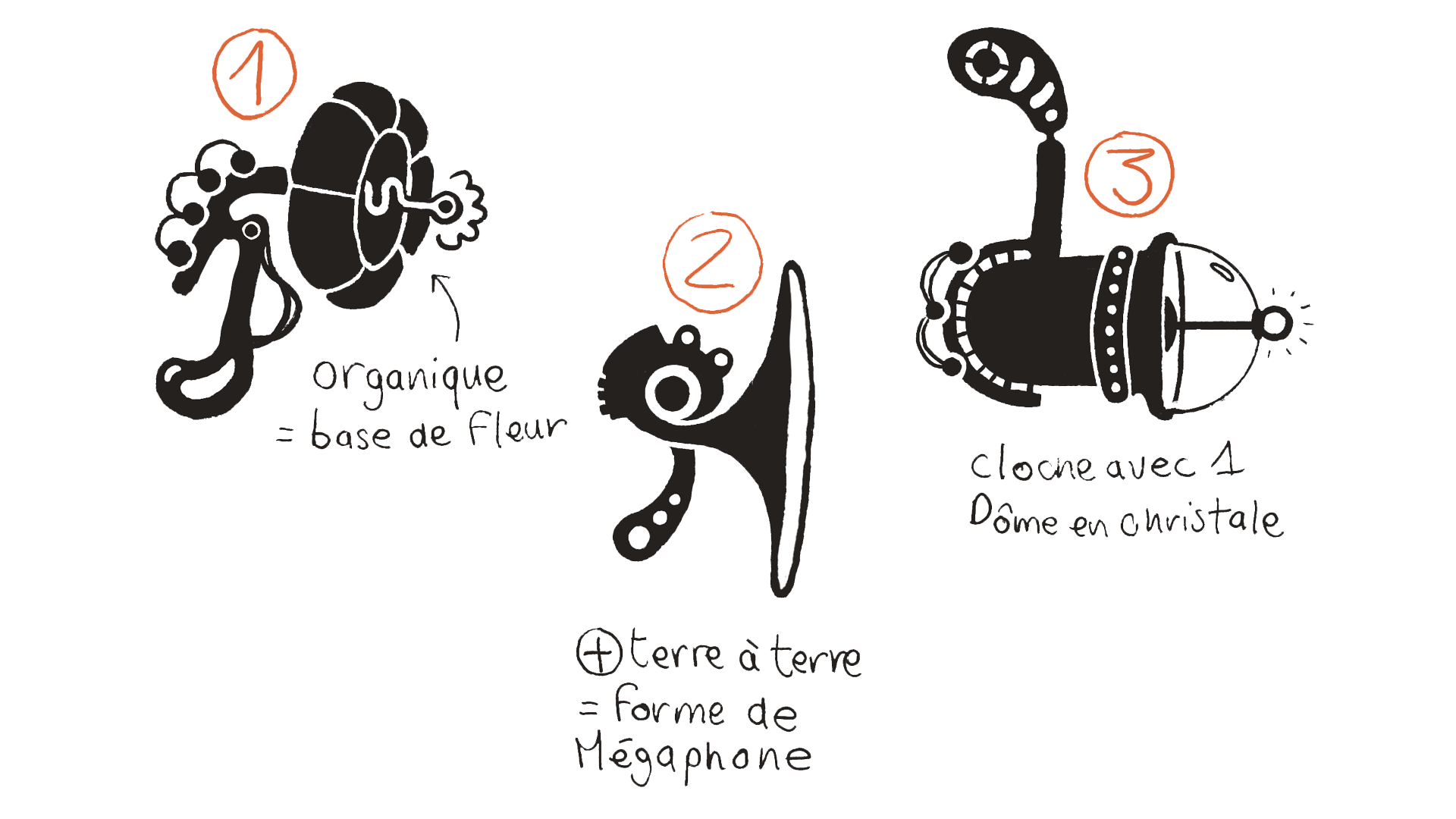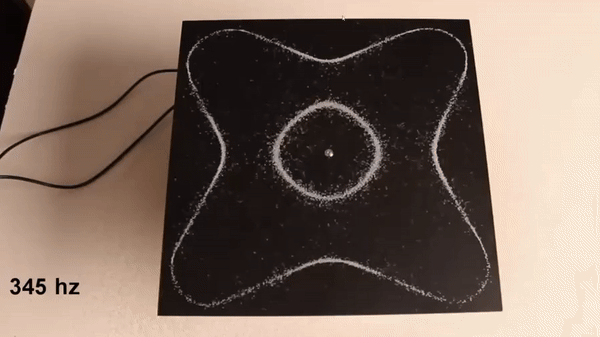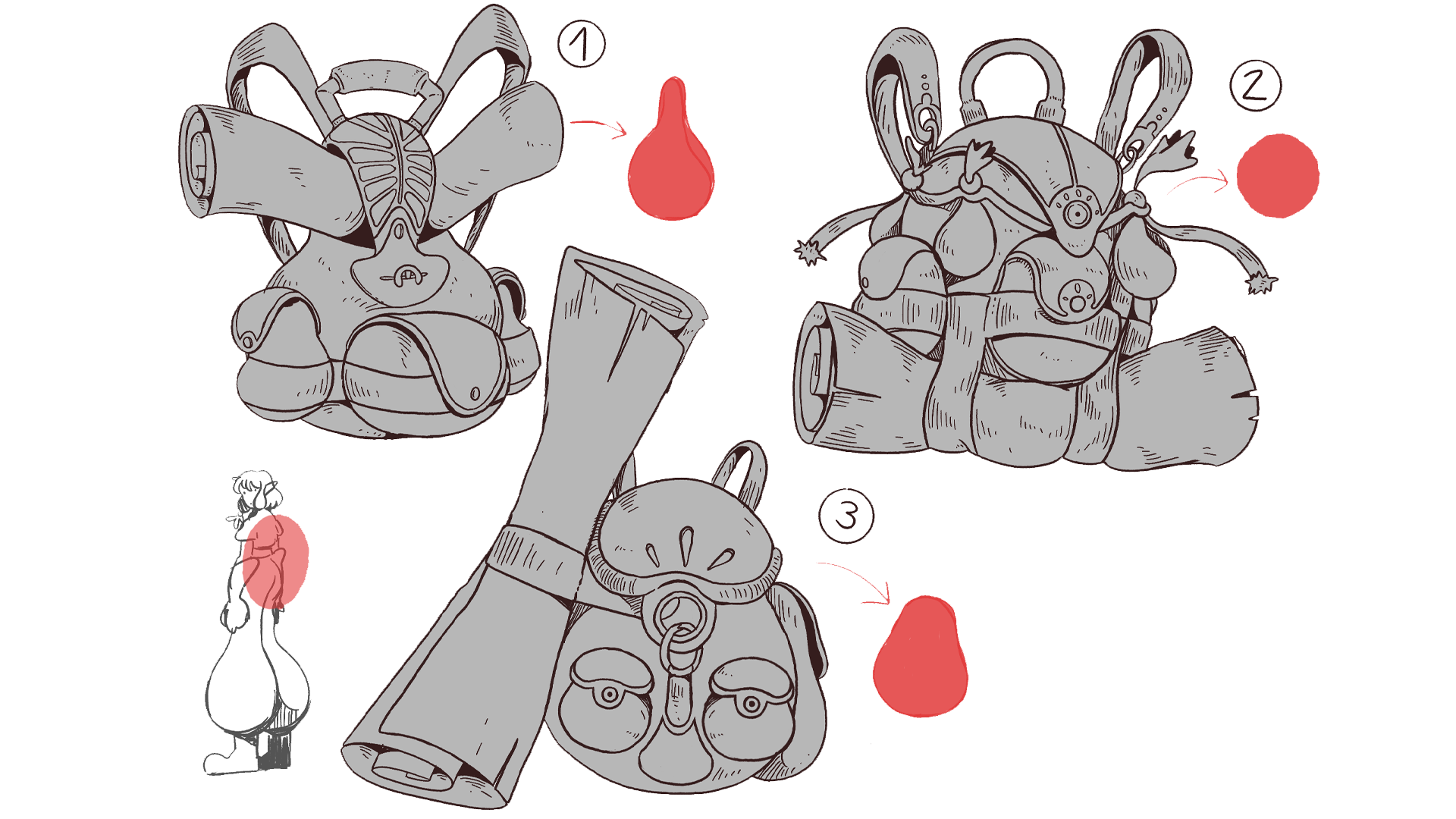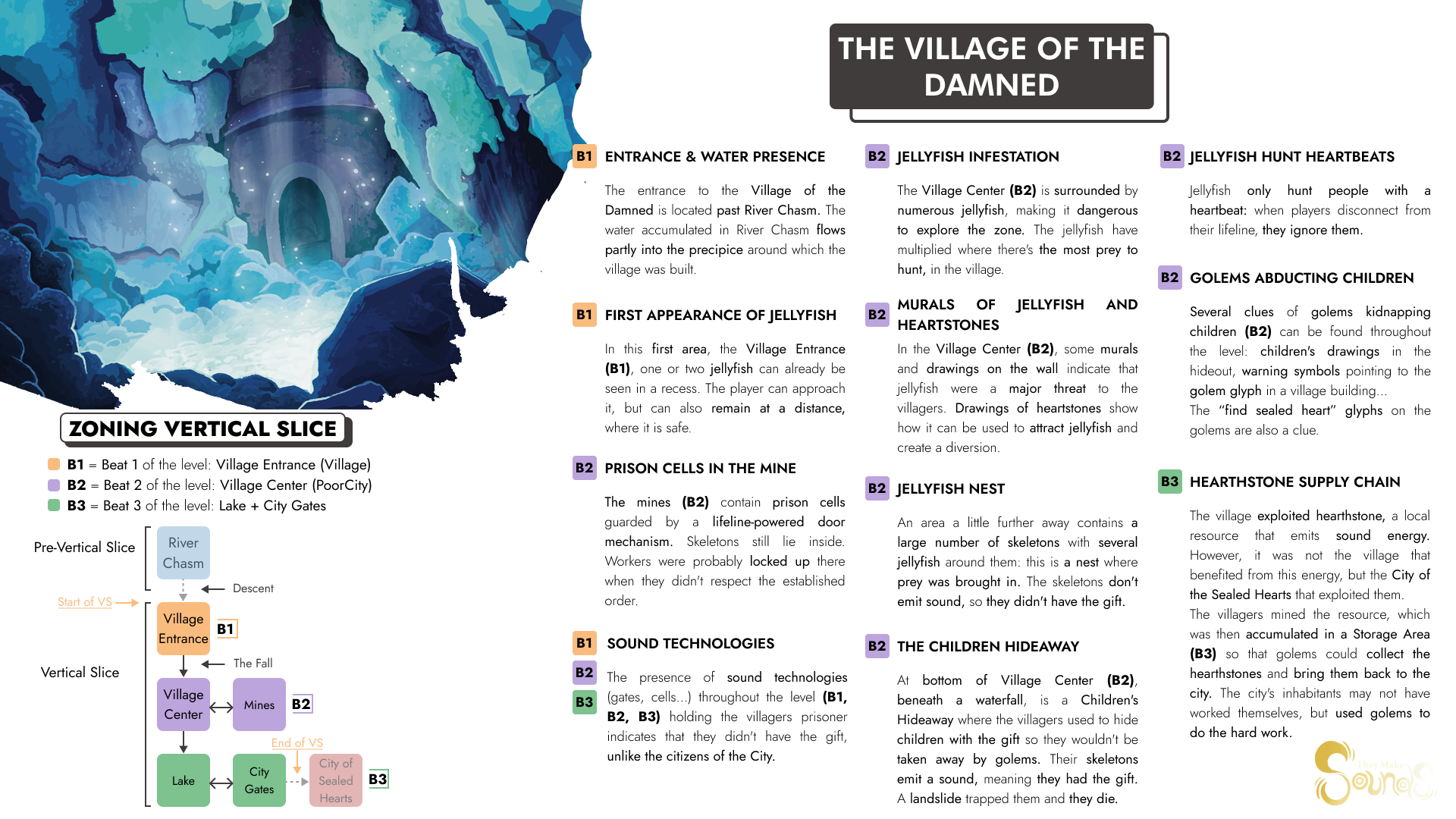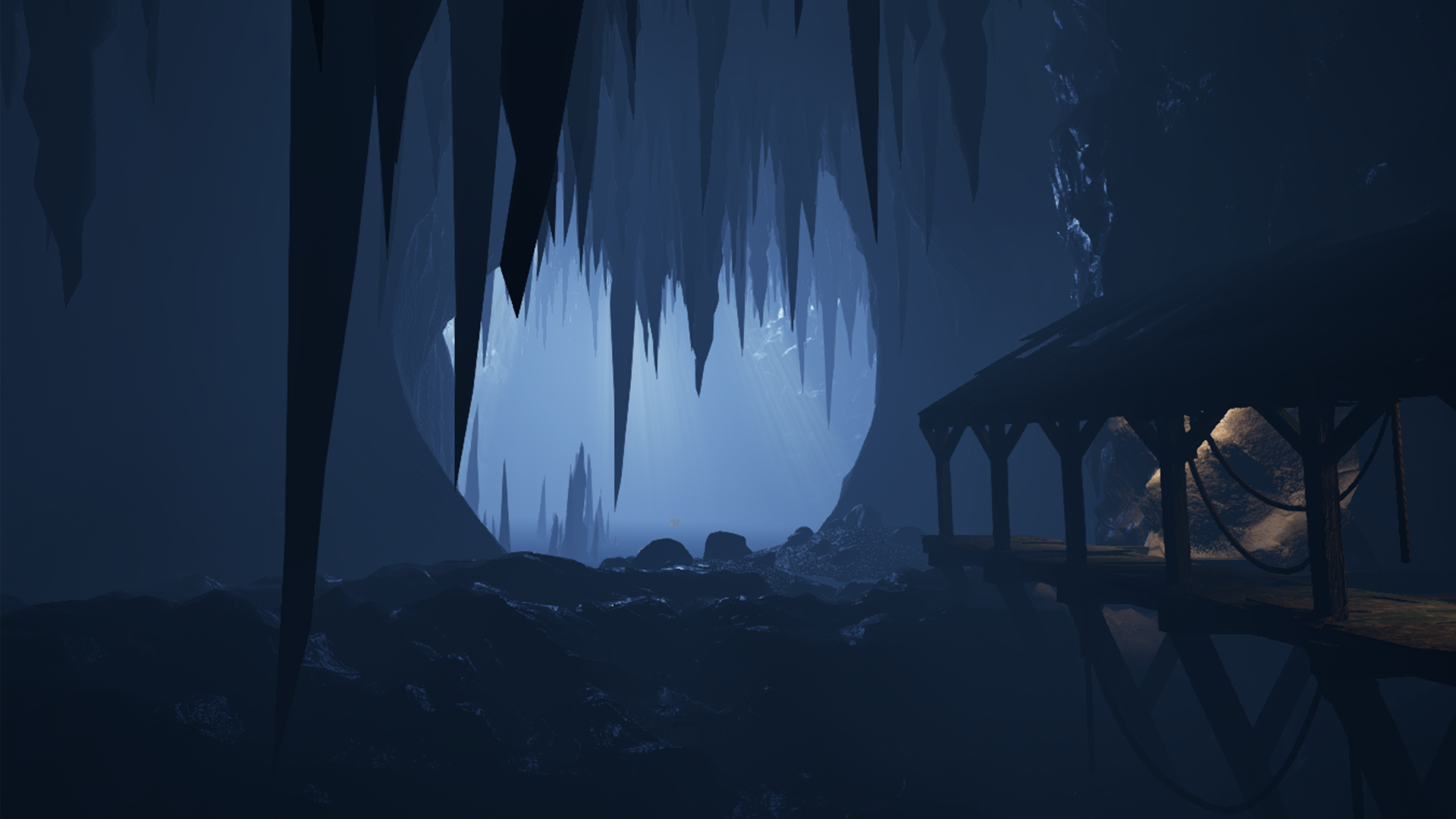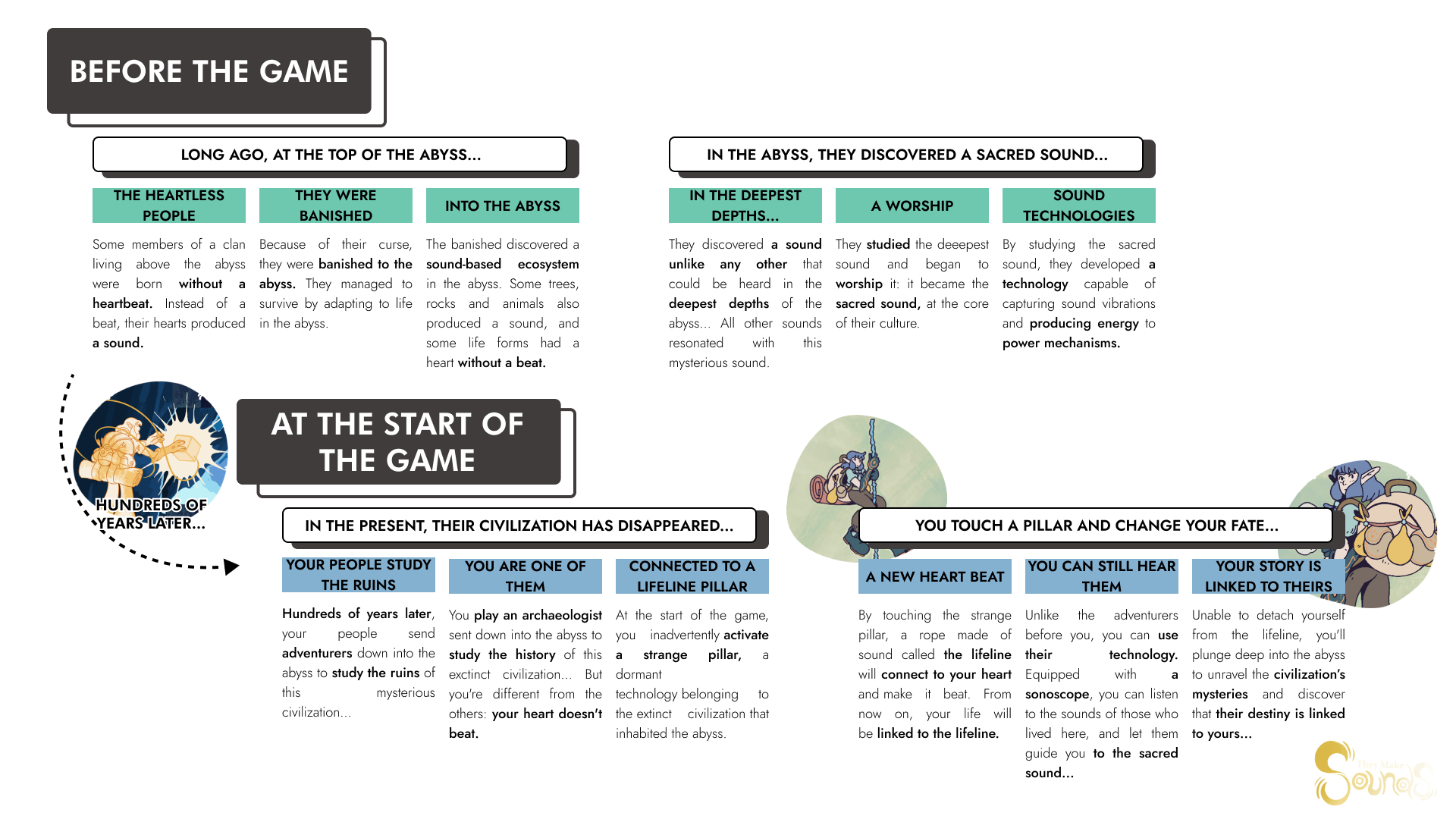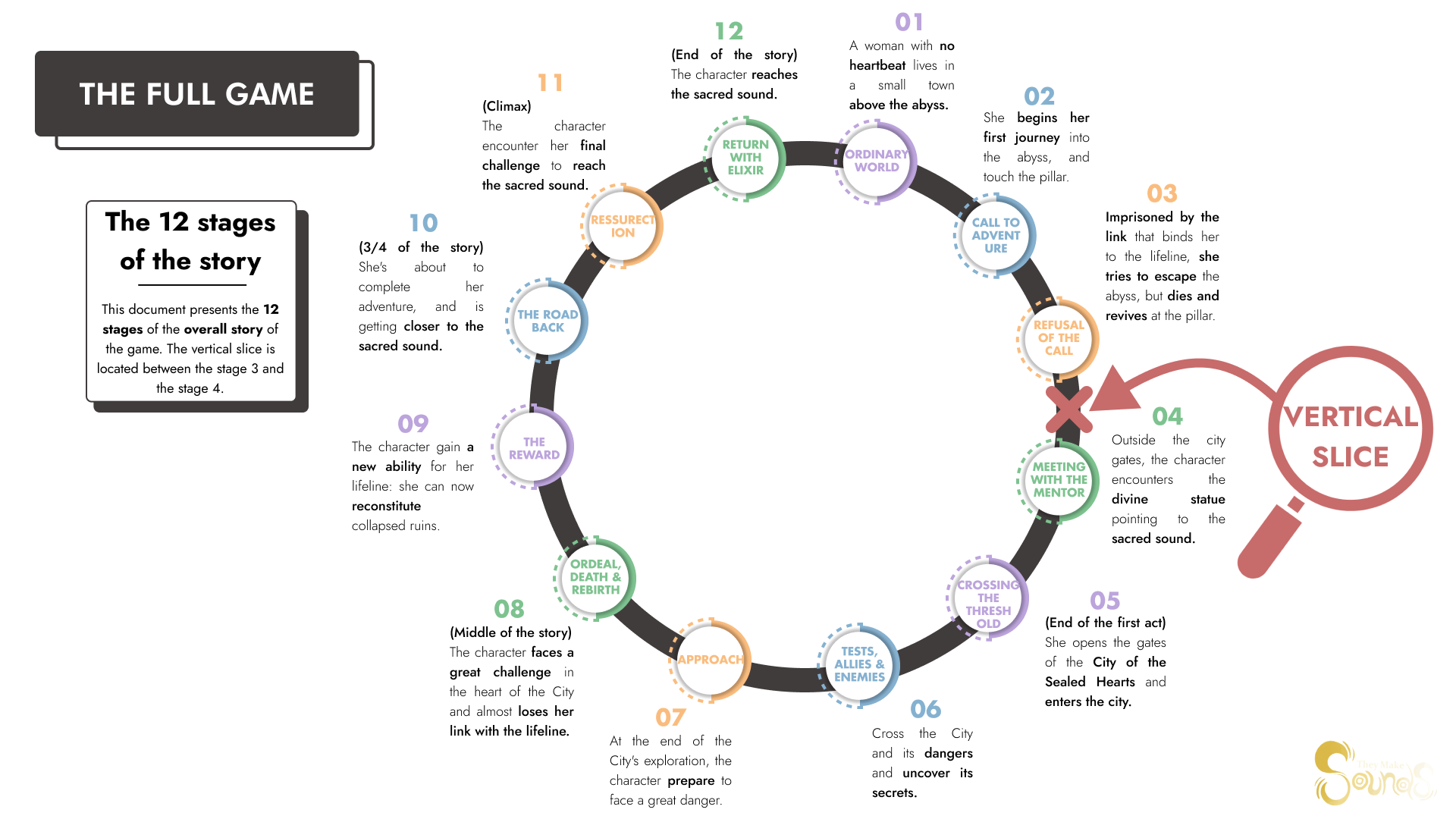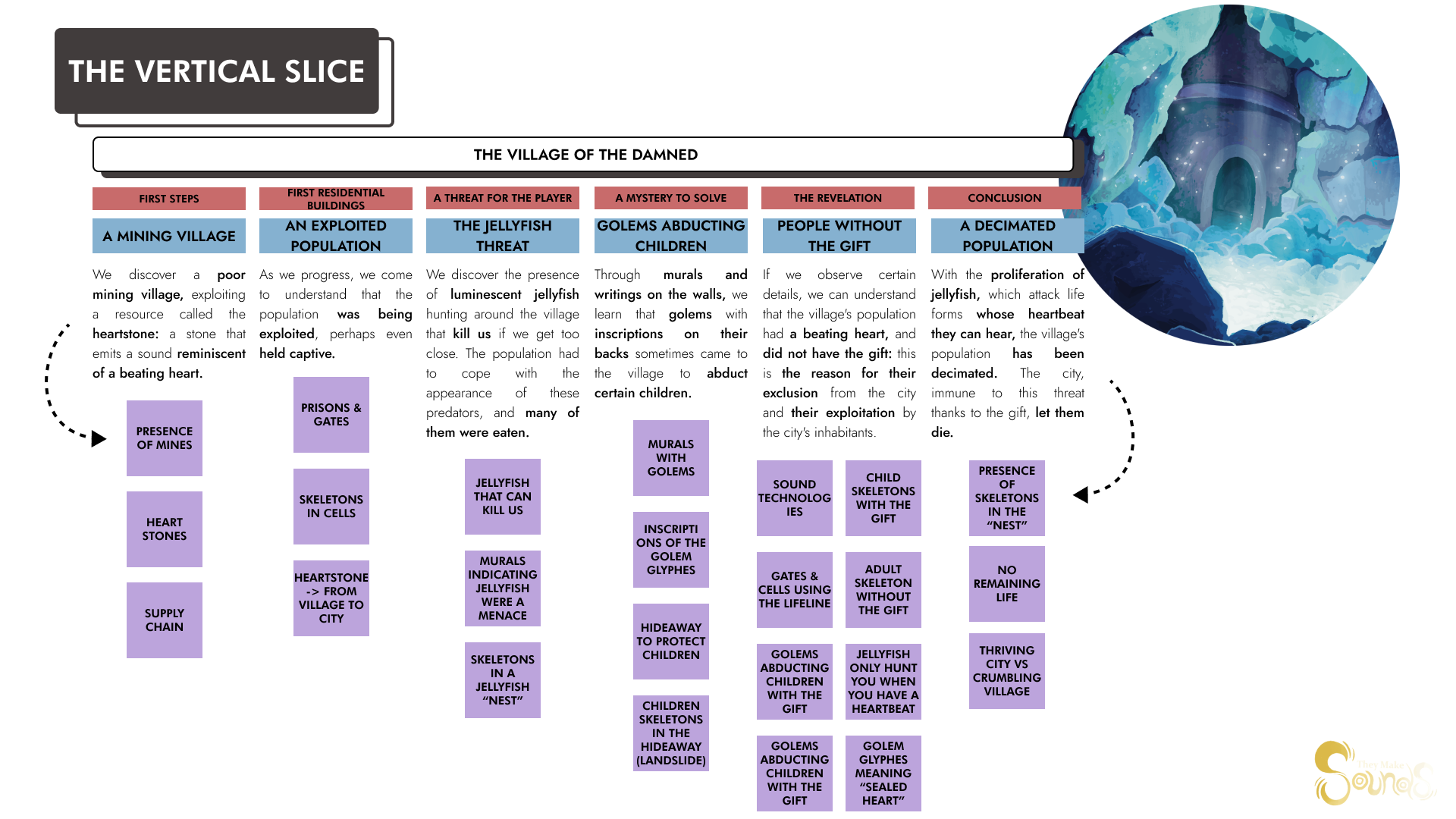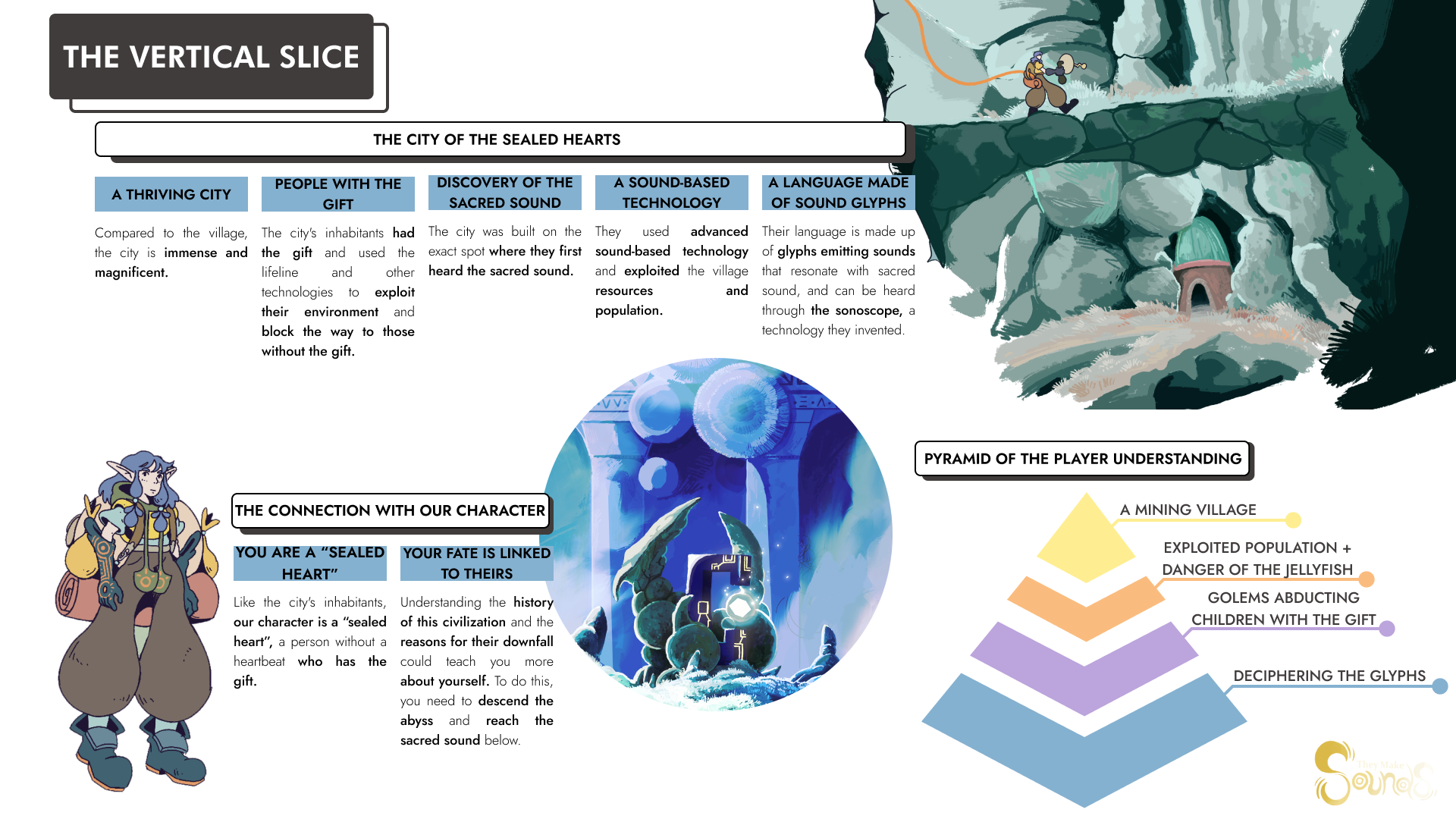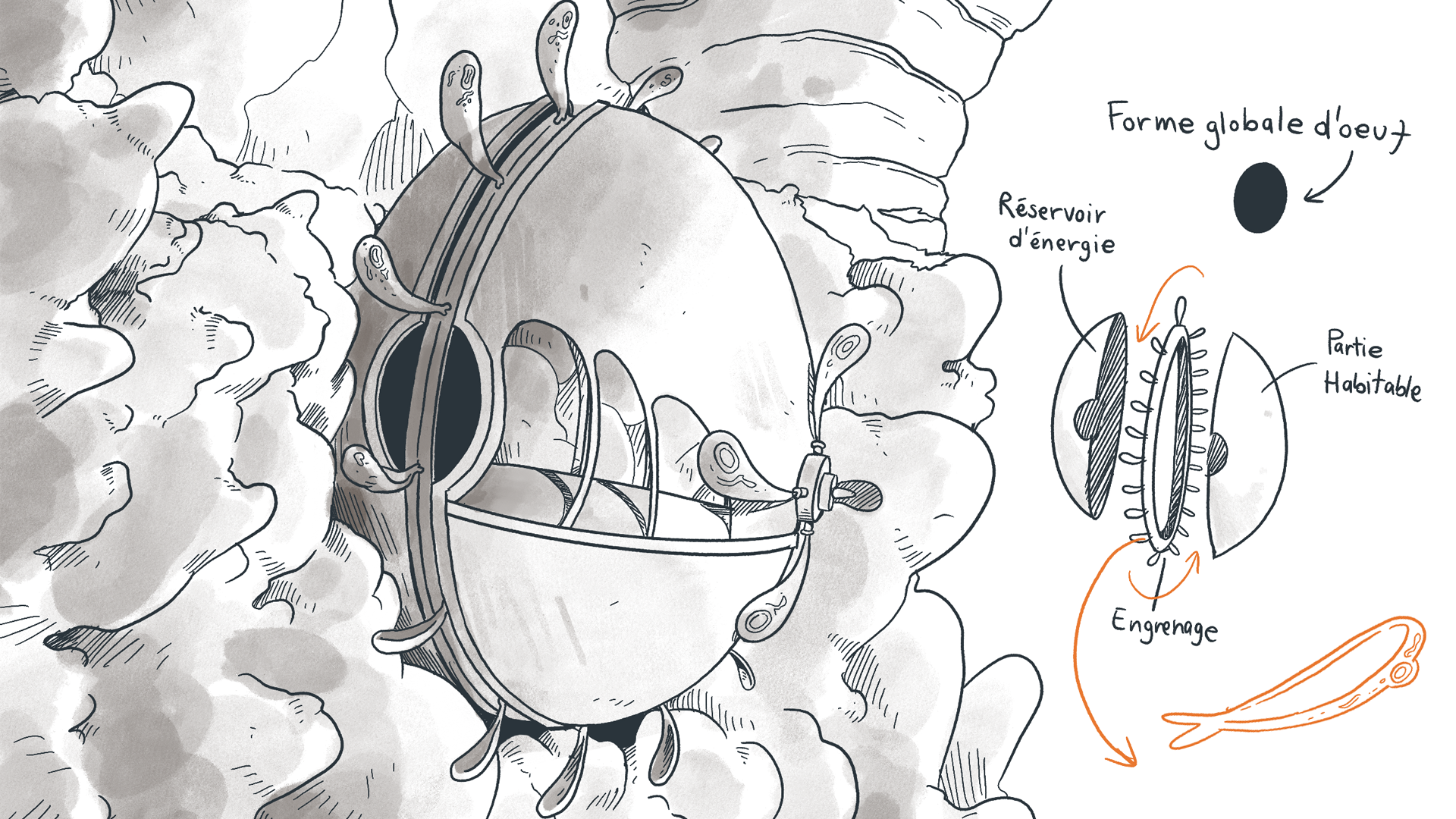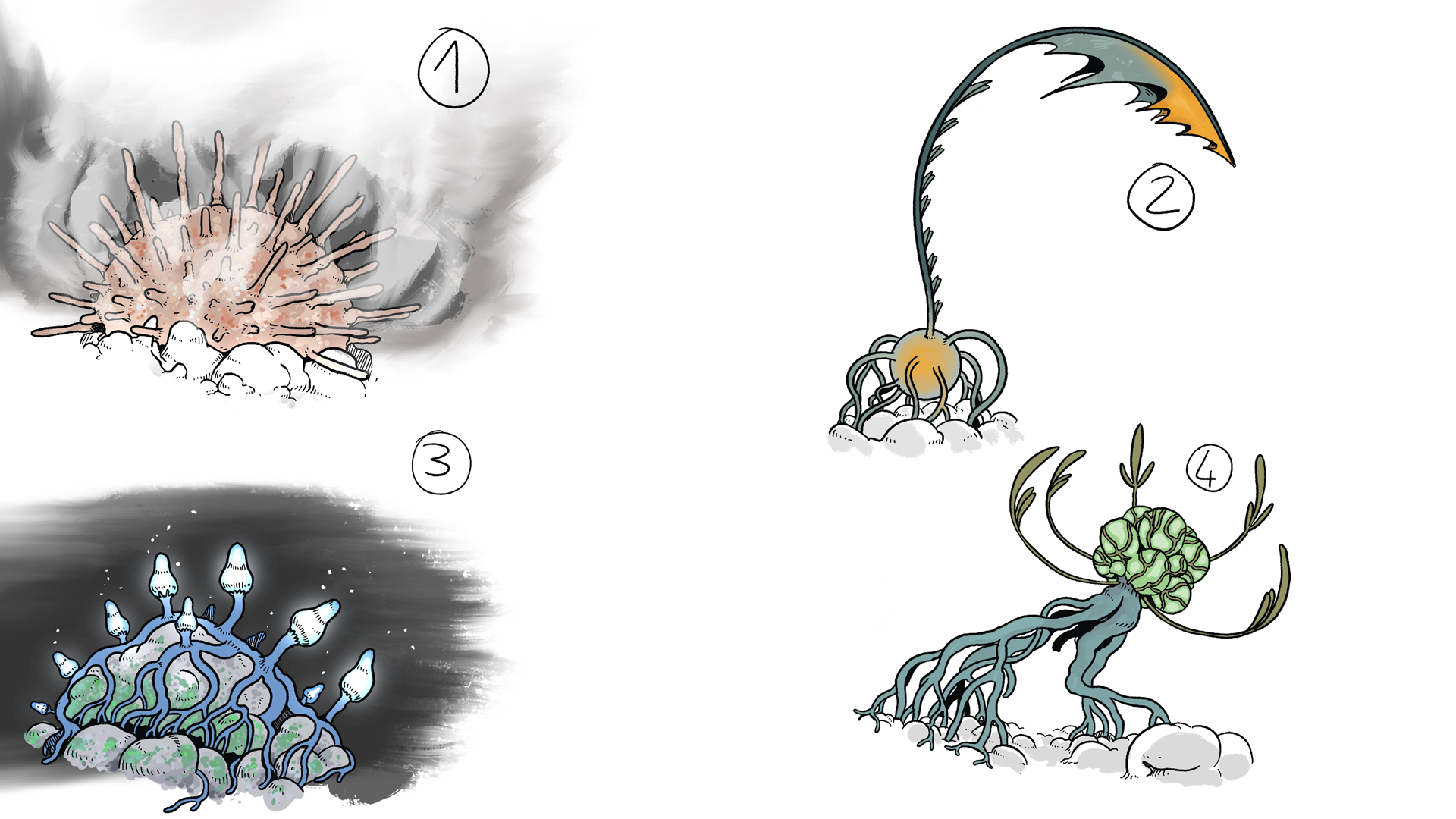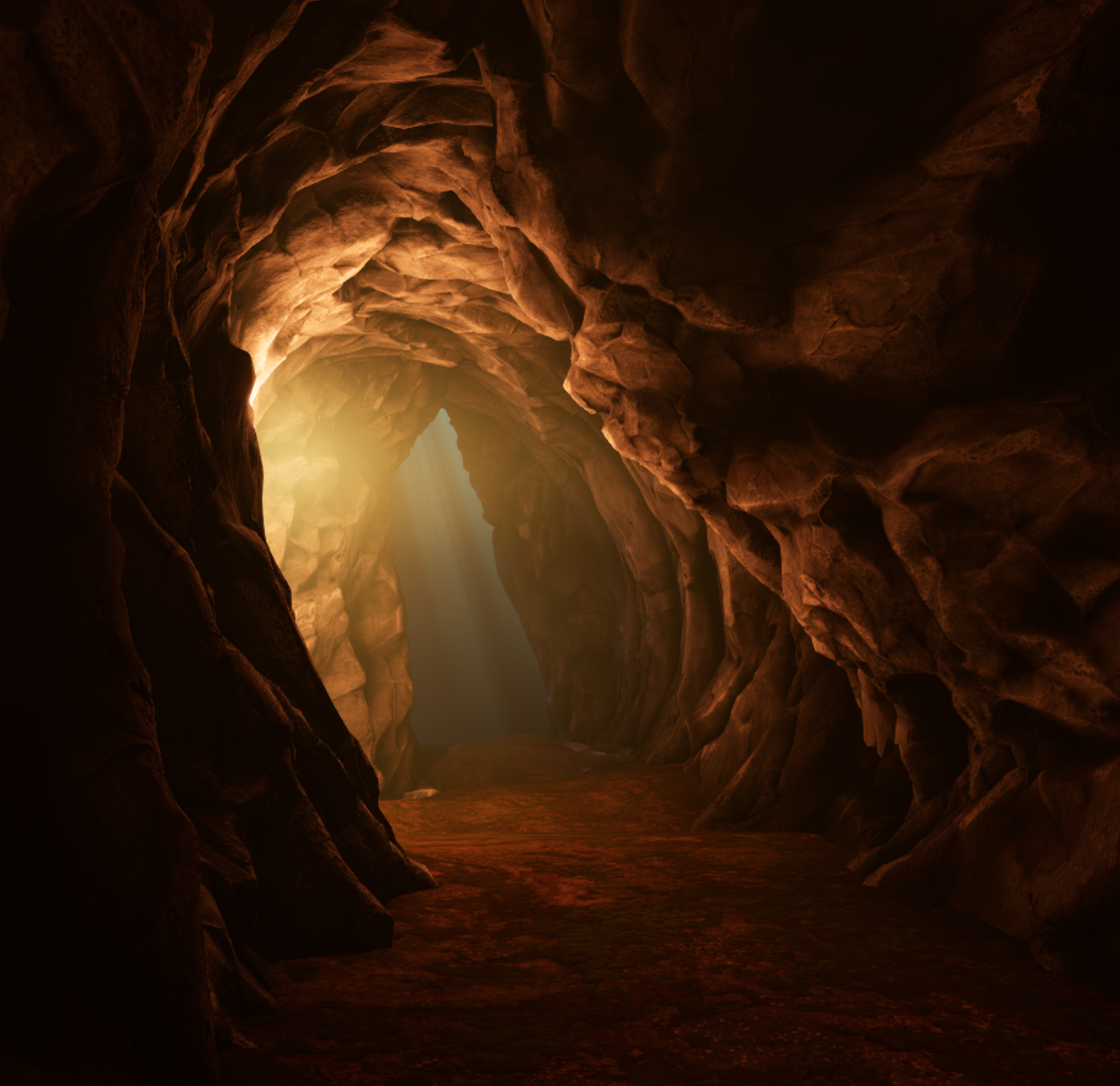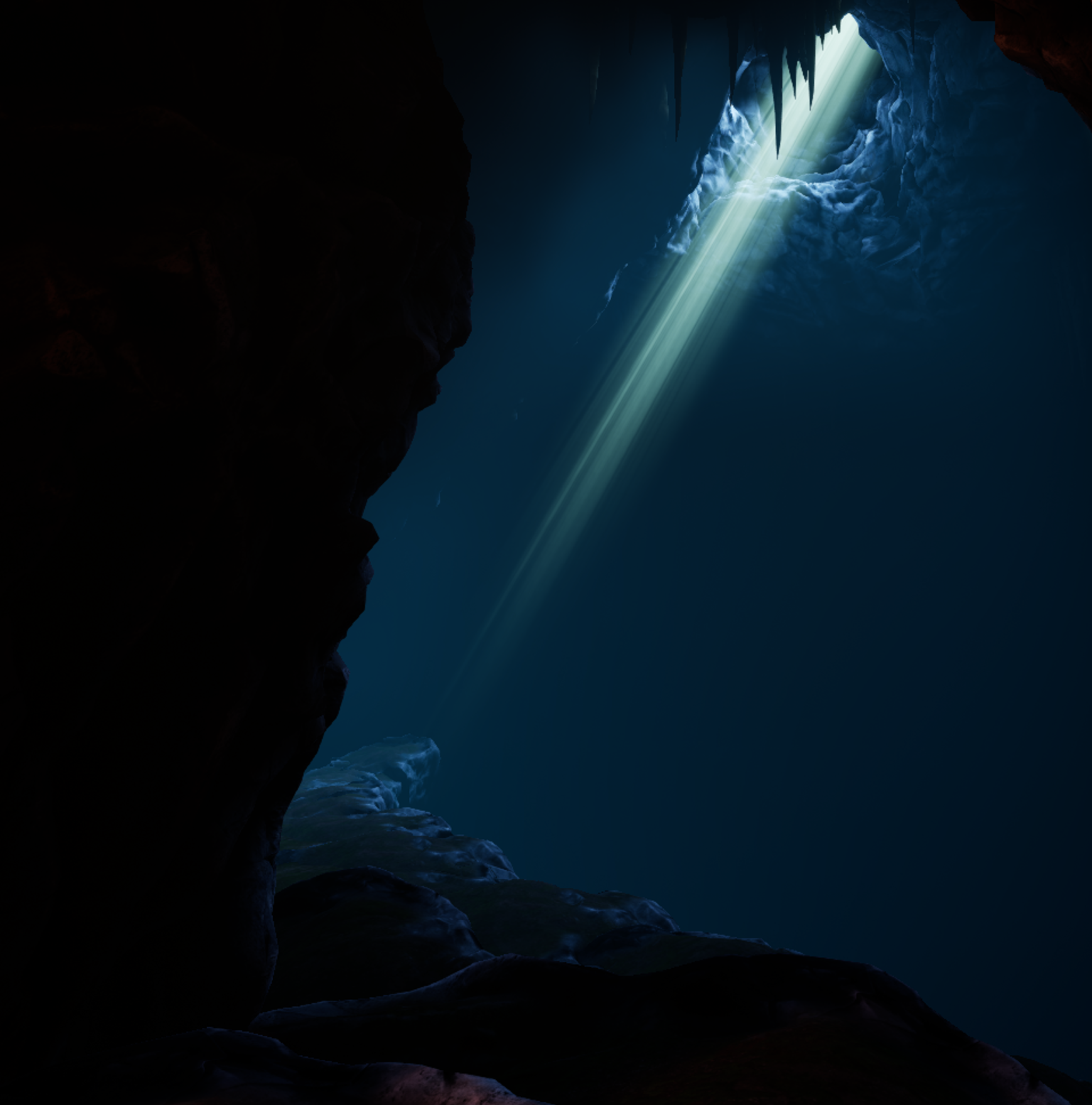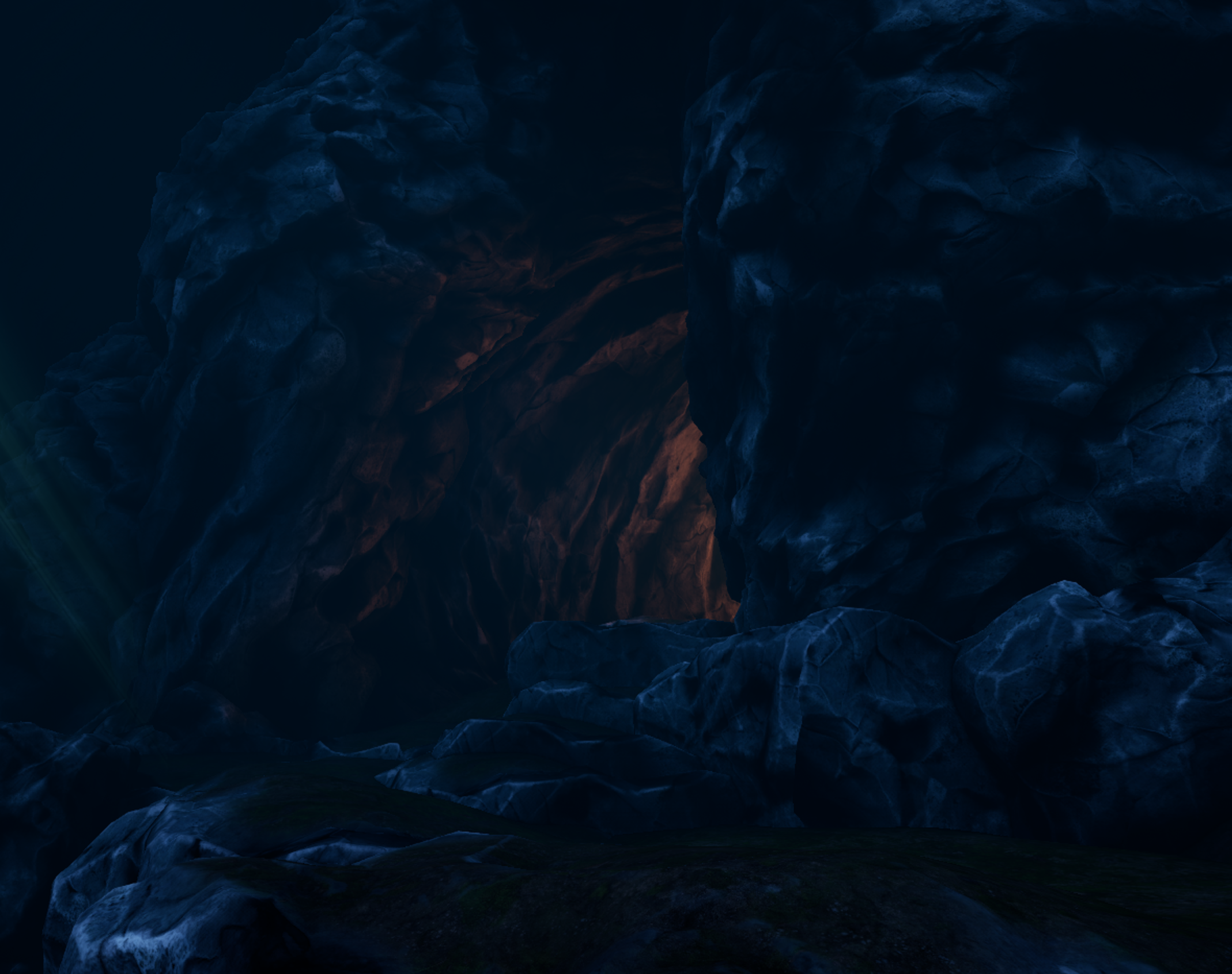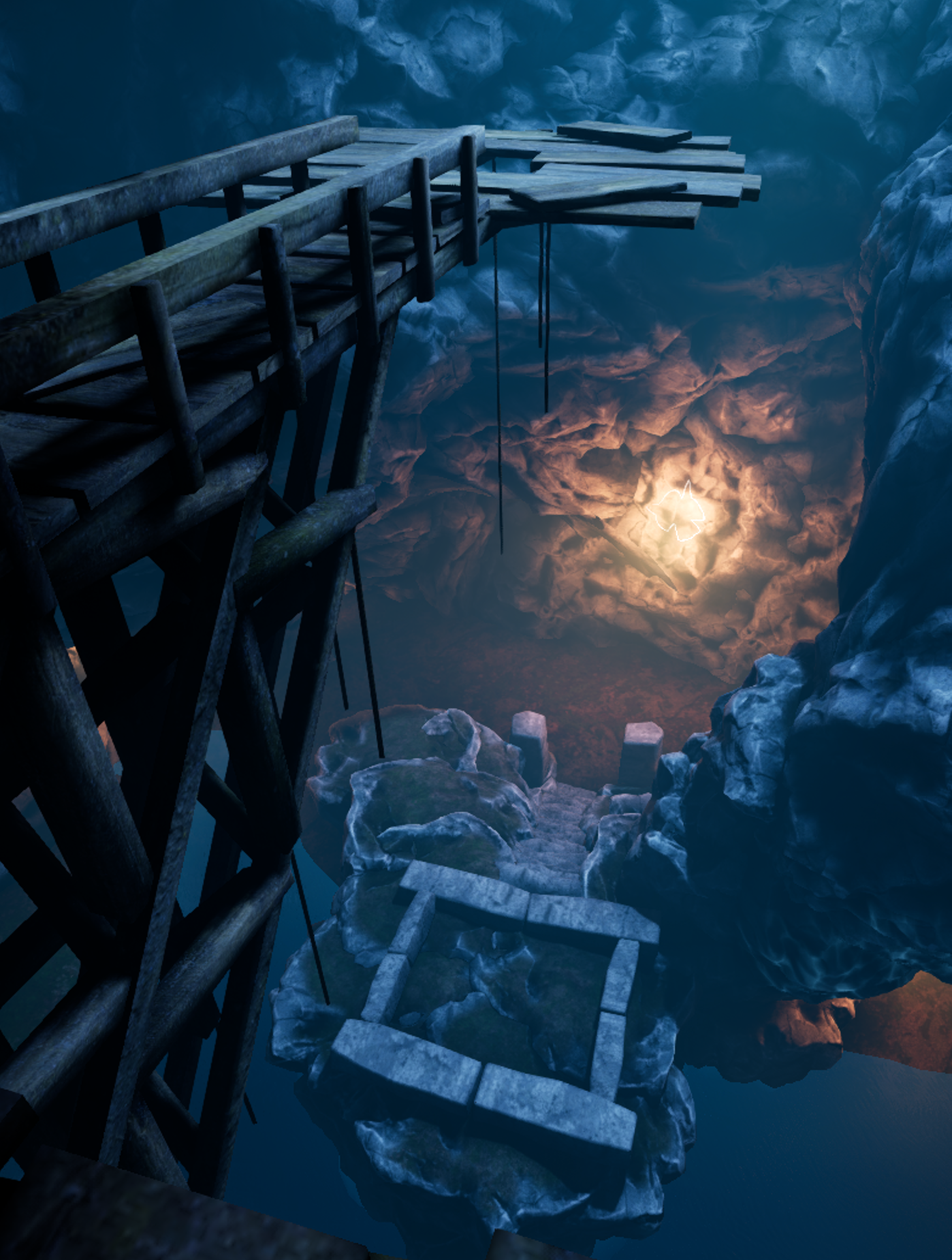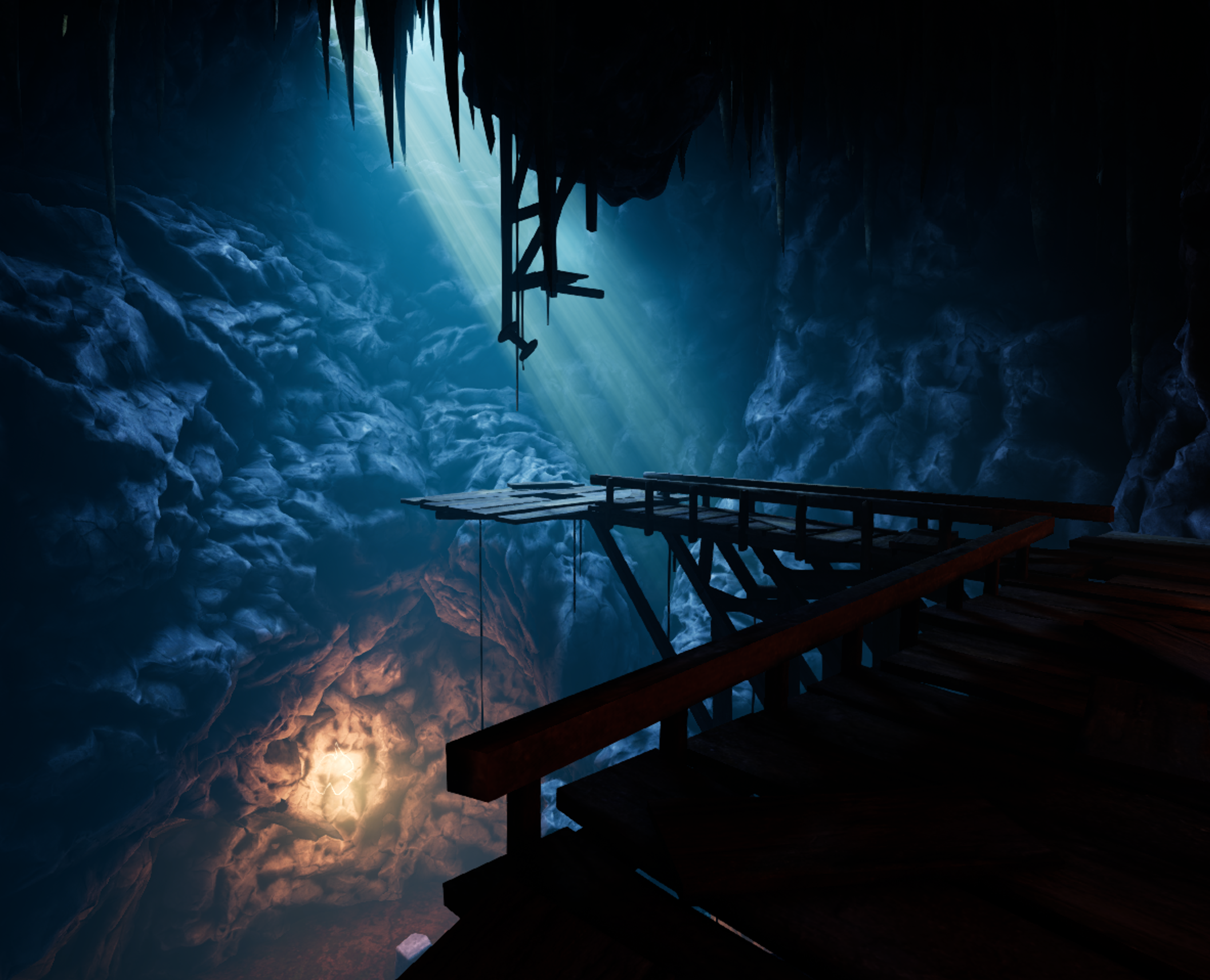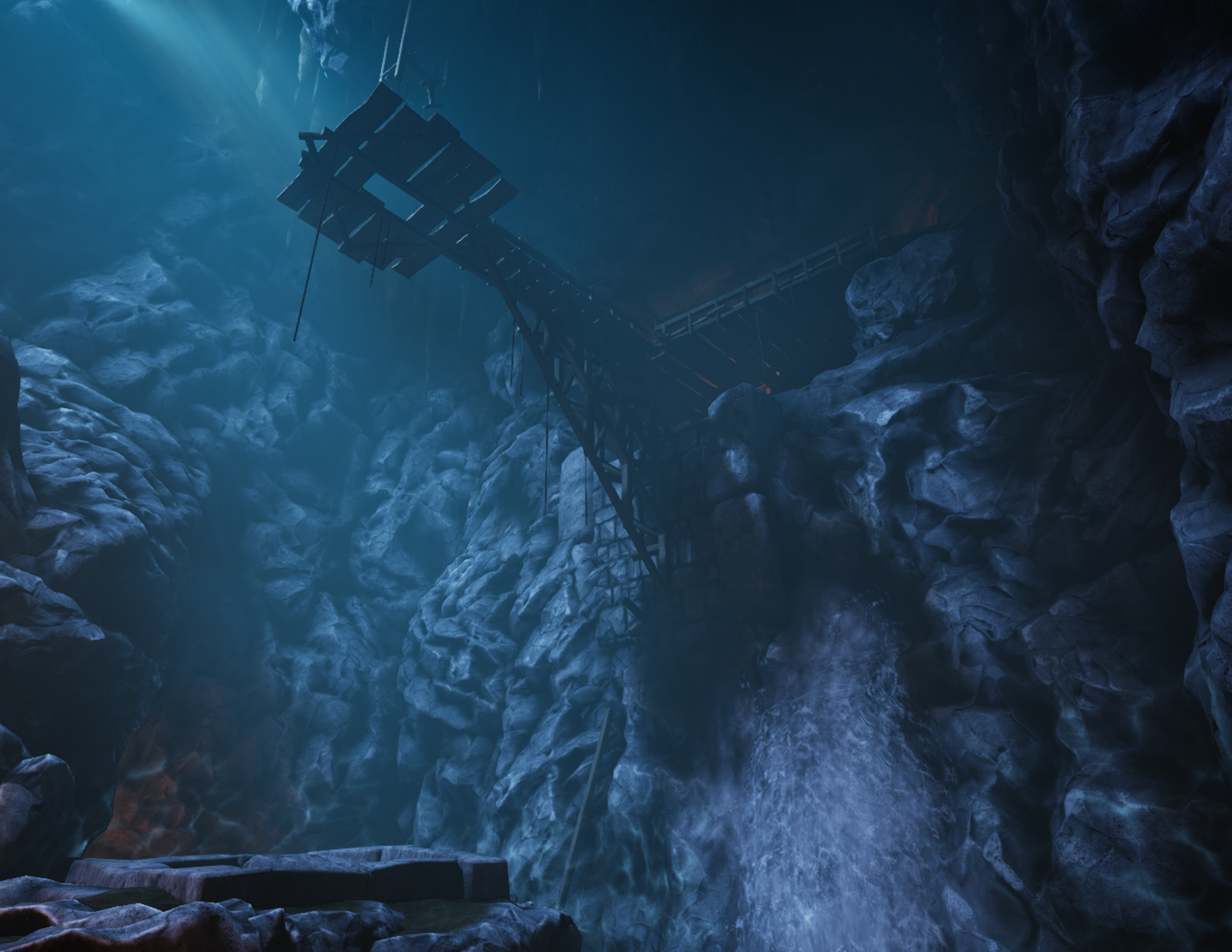THEY MAKE SOUNDS
OVERVIEW
- 3D Third-person
- Exploration
- Speleology & Caving
- Development Time: ≃ 4 Months
- Game Engine: Unreal Engine
- Team Size: 10 Members
They Make Sounds is a 3D exploration game where you play an archaeologist descending from the gigantic abyss to study the ruins of a mysterious civilization.
Equipped with a device capable of detecting sounds emitted thousands of years ago, you must make your way even deeper into the abyss to unravel the secrets of this mysterious civilization and discover how your story relates to theirs.
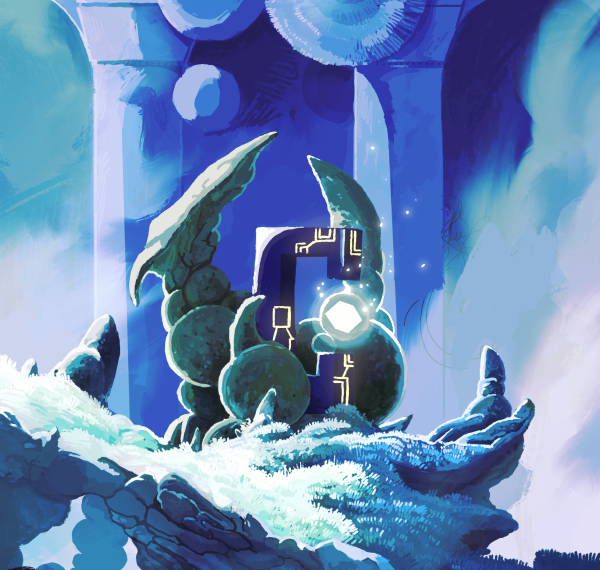
THIS PROJECT IS STILL IN EARLY DEVELOPMENT
WHAT AM I WORKING ON?
They Make Sounds is an exploration game in an open environment in 3D. I’m in charge of the game’s 3C: character, camera & controller.
I designed 3 different movement mechanics: a zipline, a glider and a rope system, both designed to be fun to move around in a mainly vertical environment.
I’m the game & system designer on this project, so I designed the various systems and game mechanics making sure they respected our game pillars and overall vision.
I also designed the game’s resource and consumable system, as well as inventory management and crafting.
The game revolves around the use of a device that can detect sounds emited thousands of years ago. I’m in charge of designing sound puzzles using this mechanic.
As I’m in charge of the character controller and 3C, I have to continually test the game on Unreal and tweak the various game parameters to improve the overall experience.
I created the game’s world building and manage the narrative design. The game has no words, and its narrative is exclusively environmental.
The game contains environmental narration, and I’m only in charge of this aspect of the level design, while the main part of the level design is handled by our team’s dedicated level designer.
As game & system designer, I’m in charge of writing, centralizing and updating most of the gameplay documentation.
I try to create targeted documentation for the team’s various specialties: gameplay storyboard, script for animatic, user stories, flowcharts, wiki’s & written documents…
GAME PILLARS
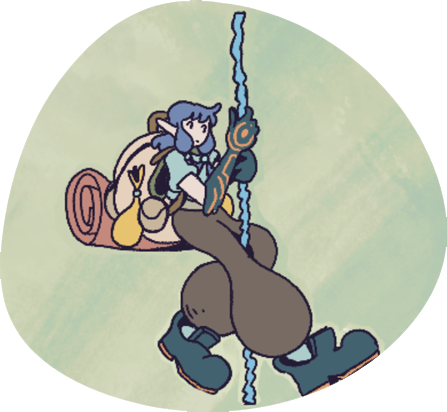
FREE NAVIGATION
The player can choose the path they wish to take and explore freely.
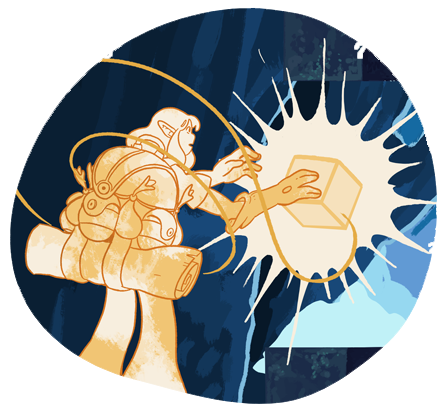
A NARRATION LINKED TO THE GAMEPLAY
The game mechanics make sense in the lore, and vice versa.
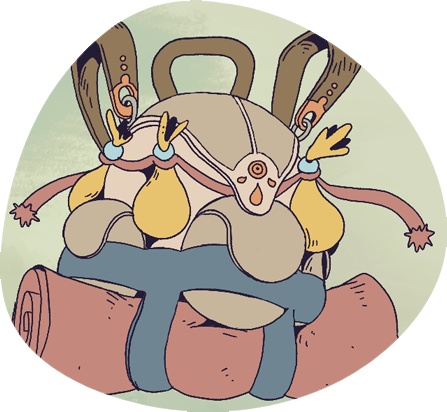
RESOURCE MANAGEMENT
The player needs to find resources to craft items that will help their descent from the abyss.
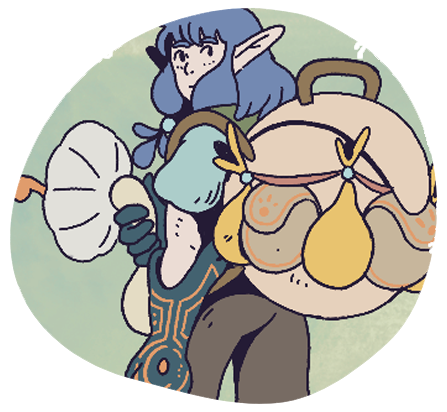
A GAME CENTERED AROUND SOUND
Everything in the game can emit sound: points of interest, resources, puzzle mechanisms and even... extinct life forms.
GAME CONCEPT & GAMEPLAY STORYBOARD
The player takes on the role of an archaeologist descending into the abyss to study the history of a vanished civilization that once inhabited it. To get around in the abyss, they will have access to several movement artifacts: a zipline, a rope system, as well as a sonoscope, a device for detecting sounds made thousands of years ago…
The game loop
The game is centered around exploration gameplay in an open 3D environment. The game’s originality lies in the fact that you have to descend deeper and deeper into the abyss, and so most of the game’s levels are built on verticality.
To survive in the abyss, players must use a strange technology created by the extinct abyss people. This consists of artifacts that the player can use to interact with the environment, as well as dormant technology that must be reactivated and used to progress through the levels.
Conditions of defeat
The danger and the main difficulty of the game lies in 4 different aspects:
- The players must be careful not to fall to their death using their zipline and ropes.
- They must manage their consumable resources to progress through the game.
- The abyss is populated by creatures that are sometimes harmless, but sometimes deadly, and from which the players must protect themselves.
- At the start of the game, the player’s heart is accidentally connected to a mechanism called the lifeline, and if the lifeline stops feeding their heart, they die.
These bioluminescent jellyfish will gladly kill you if you get too close.
This huge precipice will also be a good way to die if you're not careful.
Gameplay storyboard & animatic
To develop a common vision of the kind of interaction we could have in the game, I wrote the script for a storyboard of a short game sequence, which was then drawn by our concept artist.
The purpose of this storyboard was also to present a short animated game sequence to the jury of professionals who attended our presentation during the first defenses of our Master 2 program.
LIFELINE: YOUR LIFE HANGS BY A THREAD
At the start of the game, our character unintentionally activates dormant technology belonging to the extinct civilization that inhabited the abyss. By touching a strange pillar, a rope made of sound will connect to her heart and make it beat. From now on, his life will be linked to the lifeline.
The lifeline
The lifeline links a person’s destiny to the pillar to which they are connected. This means that if they die, they will be resurrected at this pillar, intact.
The lifeline makes its owner’s heart beat: if they become disconnected, their heart will slow down until it stops beating, and then they will die.
First implementation of the lifeline feature in Unreal. The string is created as you go along, at an equal distance that can be determined by an exposed variable.
Improvements were made later: the string glows and the light produced can be controlled with exposed variables. From now on, it can be connected to what will become pillars.
As players explore the game, they’ll discover new pillars to which they can link their lifeline, sinking ever deeper into the abyss in search of knowledge.
Lifeline switches
The lifeline feeds the character’s heart with sound energy, a technology mastered by the vanished civilization of the abyss. This same energy can power mechanisms scattered throughout the game’s environments. To activate these lifeline switches, the player must temporarily transfer the lifeline’s sound energy to the switch they activate. During this time, their heart slows down more and more until they die: they need to be careful!
3C DESIGN, CHARACTER CONTROLLER & MOVEMENT MECHANICS
Character control is at the heart of the They Make Sounds experience. I’m 3C designer on the project, and in charge of the game’s character controller. I also designed the various means of moving around, namely the zipline artifacts, the rope system and the glider.
3C design & character controller
They Make Sounds is a third-person game in which the player can move freely and explore an open environment. The game is primarily designed to be played with a gamepad, but also supports the use of keyboard and mouse.
The zipline mechanics
To descend into the abyss, players can use their zipline. This uses consumable ropes, which the player must craft from resources found in the environment. The zipline can only be used for descending and cannot be used for ascending. It is very useful for traversing long distances over precipices and reaching low-lying areas.
The rope system
The player can also use a vertical rope system. These also consume consumable rope resources, and the player will sometimes have to make a choice between spending his ropes on the zipline or on vertical ropes. Unlike the zipline, vertical ropes can be climbed as well as descended. They enable you to reach areas directly below or above you.
The glider
The glider is a very useful artifact that players can unlock later in the game. To prevent the player from simply deploying the glider and descending to the bottom, the glider cannot be used for more than a few seconds, and slows the fall without stopping it. If the player don’t master it, they will die of fall damage anyway.
SONOSCOPE & SOUND PUZZLES
The extinct civilization of the abyss mastered a strange technology that used the energy produced by sound. This technology can be found everywhere in the game world: the lifeline and pillars, but also the sonoscope, a technology capable of detecting sounds emitted thousands of years ago, even by extinct life forms.
The sonoscope
The sonoscope lets the player locate points of interest at a distance by the sound they emit: lifeline pillars, resources, lifeline swicthes, but also life forms or ruins containing sound technologies…
A language made of sound glyphs
The civilization of the abyss used a language made up of sound glyphs that the player can try to translate in order to learn more about the game’s universe, as well as to solve puzzles.
Sound puzzles
At several points in the game, the player must use their sonoscope to detect the sounds around them and solve sound-based puzzles.
Sometimes, using the sonoscope on certain ruins emitting a particular type of sound will enable the player to restore them. In this way, the player can restore a bridge or staircase in order to access a previously inaccessible area, or restore the ruins of a building in order to explore it.
BAG SYSTEM, CRAFT & RESOURCE MANAGEMENT
The character is constantly equipped with a big backpack containing everything she needs to survive in the abyss, as well as equipment to study the area.
Bag management & inventory
The game will feature backpack management and a resource storage system. Resources and artifacts owned by the player will also be modeled directly on the character’s 3D model, so that they can be seen without opening the inventory.
To progress in the game and use artifacts, players must regularly collect resources in order to craft consumable items, such as ropes to power the zipline or the rope system, for example.
NARRATIVE DESIGN
They Make Sounds is a game with a rich universe that players can discover by exploring the environment and studying it to try to understand its meaning.
Narrative level design & environmental storytelling
The game will be wordless, and the entire narrative is delivered through the bias of environmental storytelling. The team has a dedicated level designer, and I only deal with the narrative part of level design, i.e. designing story and narrative elements to be scattered around the environment in order to tell a story.
World building & abyss ecosystem
I’m also in charge of the game’s world building and lore, and I work hand in hand with the artists and our sound designer to build a coherent and interesting universe to explore.
I started by creating a lore made of different layers of time (the abyss civilization before their fall, the present days…).
Then, I designed an overall narrative structure for the game, as well as more detailed narrative blocks for the vertical slice our team is working on.
I also made sure the character we are playing has a place in the story, and defined the levels of understanding players could have of the game’s narrative and lore.
A large part of our work also consists of designing the environment is to create a credible ecosystem made of interesting life forms to discover: plants and animals, but also sounds to listen to…
They Make Sounds is still in early development, and we hope it will become an interesting and captivating game! As a team, we’re fully dedicated to craft an immersive experience for the players to discover.
WIP & IN-ENGINE INTEGRATION
The team is currently working on integrating our concepts and designs into Unreal Engine 5.
In-engine video
For our second presentation to the jury, we produced a WIP video of the first beat of a level in the game.
We designed it to showcase the game’s various mechanics, as well as some of the accessibility options already integrated.
These images do not represent the final game’s visuals.
In-engine screenshots
Little by little, we’re integrating our assets into the game. They Make Sounds is still a work in progress, but we’re confident in our ability to deliver the original vision we had for the game.
TEAM CREDITS
Maxence Martiniani: Game Designer & Narrative Designer
Faer Souville: Level Designer
Florian Lecareux: Producer
Théo(phile) Carrasco: Programmer
Lucien Secord: Programmer
Margot Thetiot: UX/UI Designer & User Researcher
Enzo Titarelli Sanz-Crespo: Game Audio Designer
Brice Bonnefond: Concept & UI Artist
Benjamin Philippot: 3D Artist
Anaïs Dubart: 3D Artist
